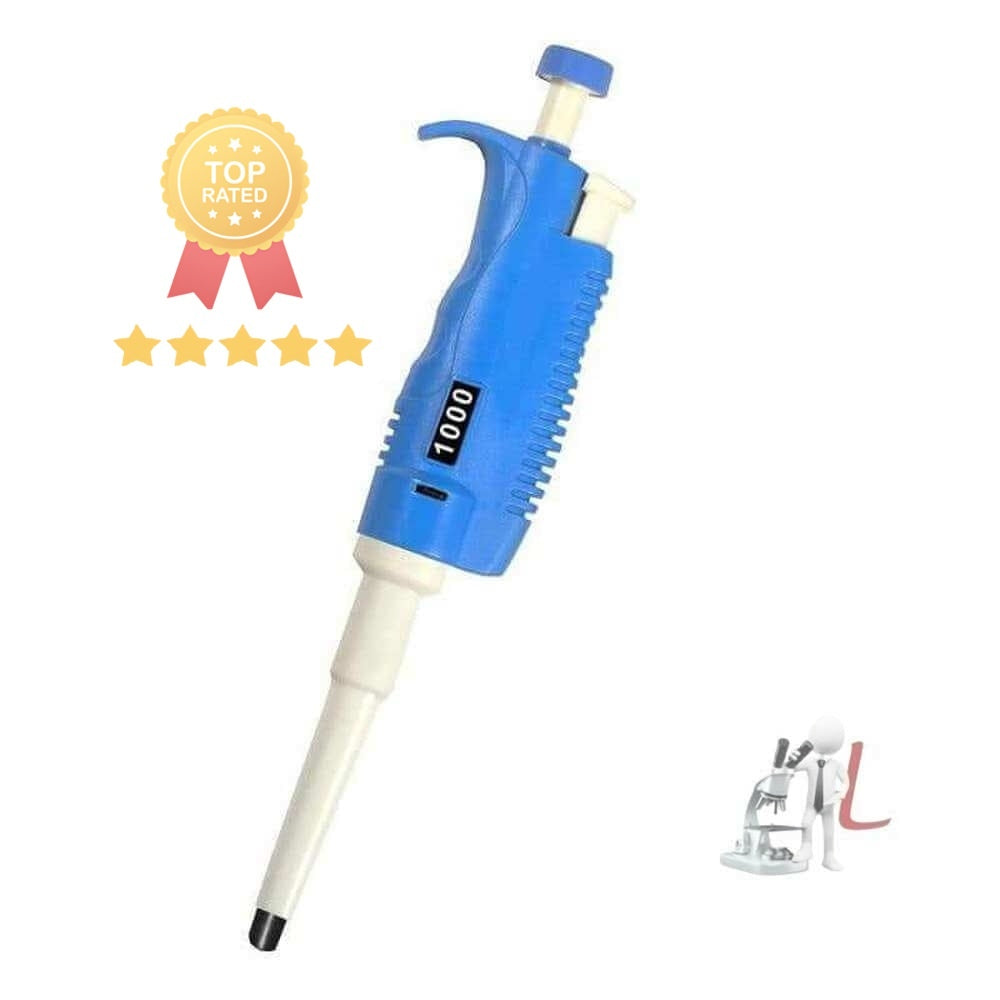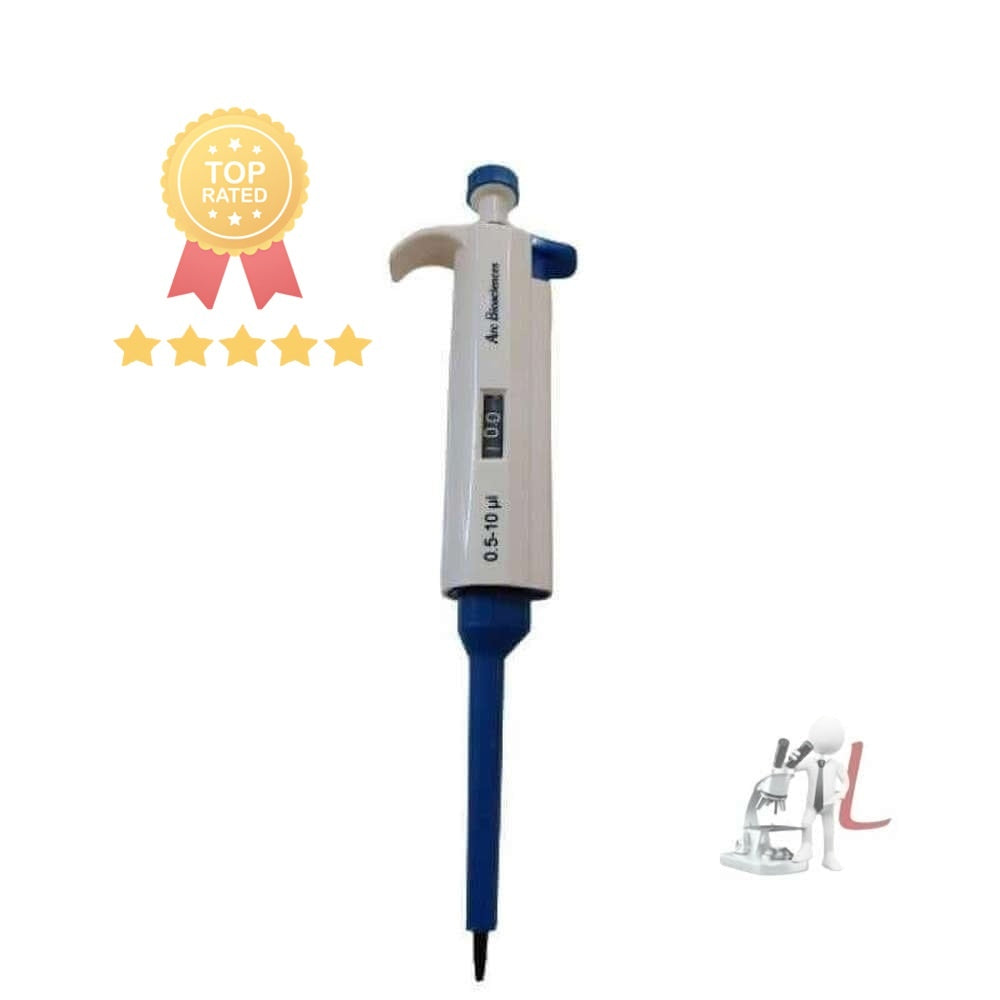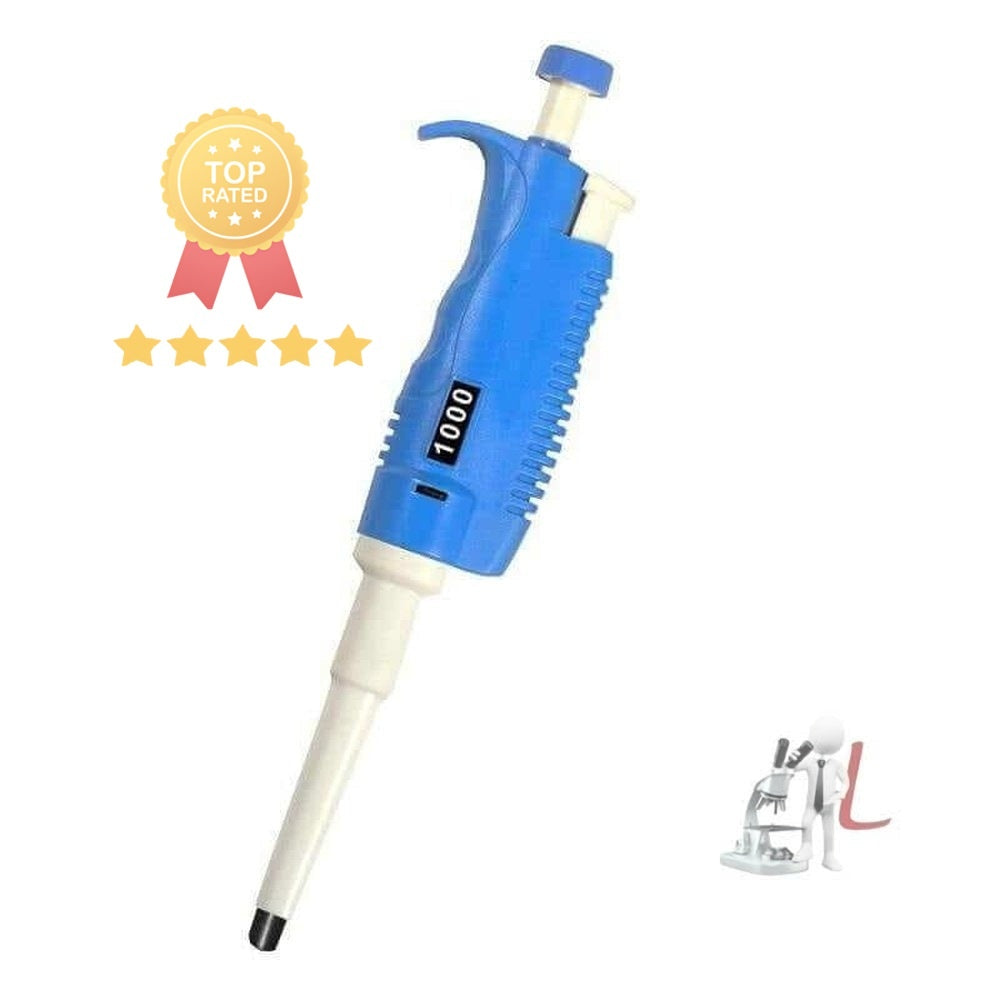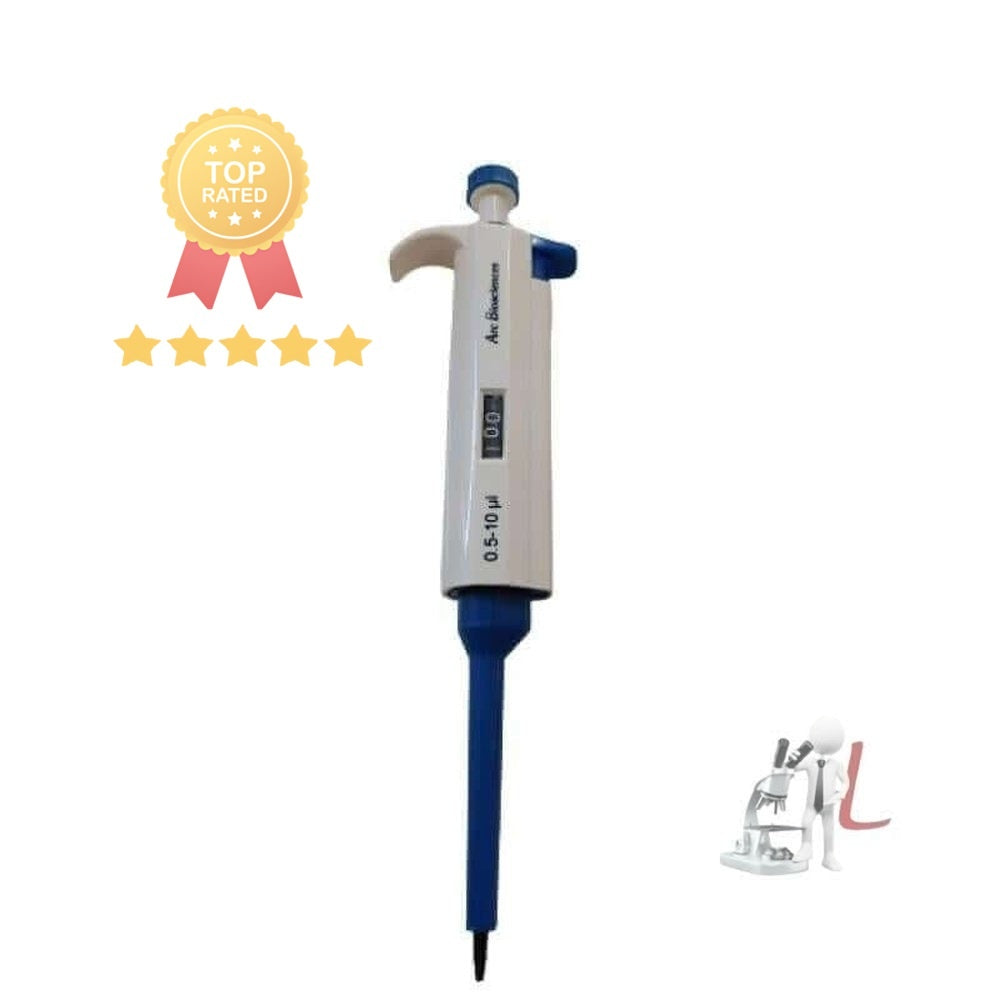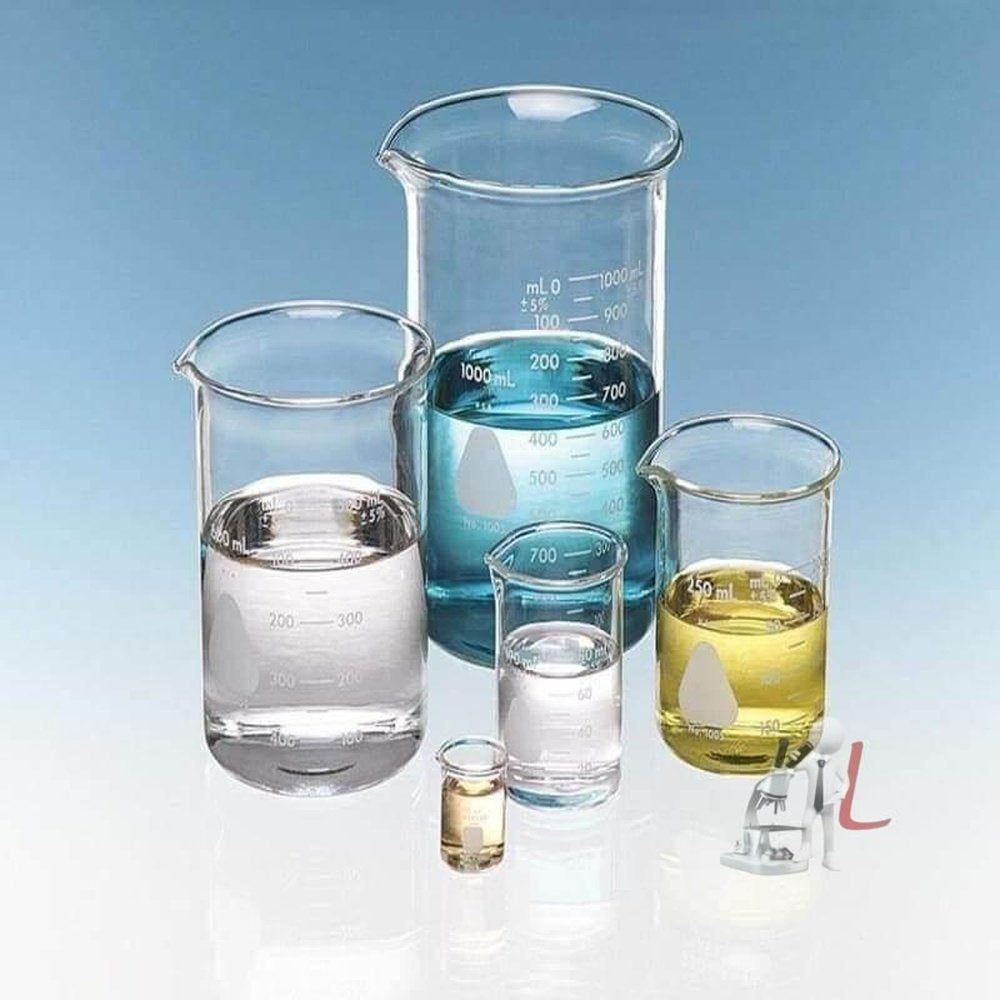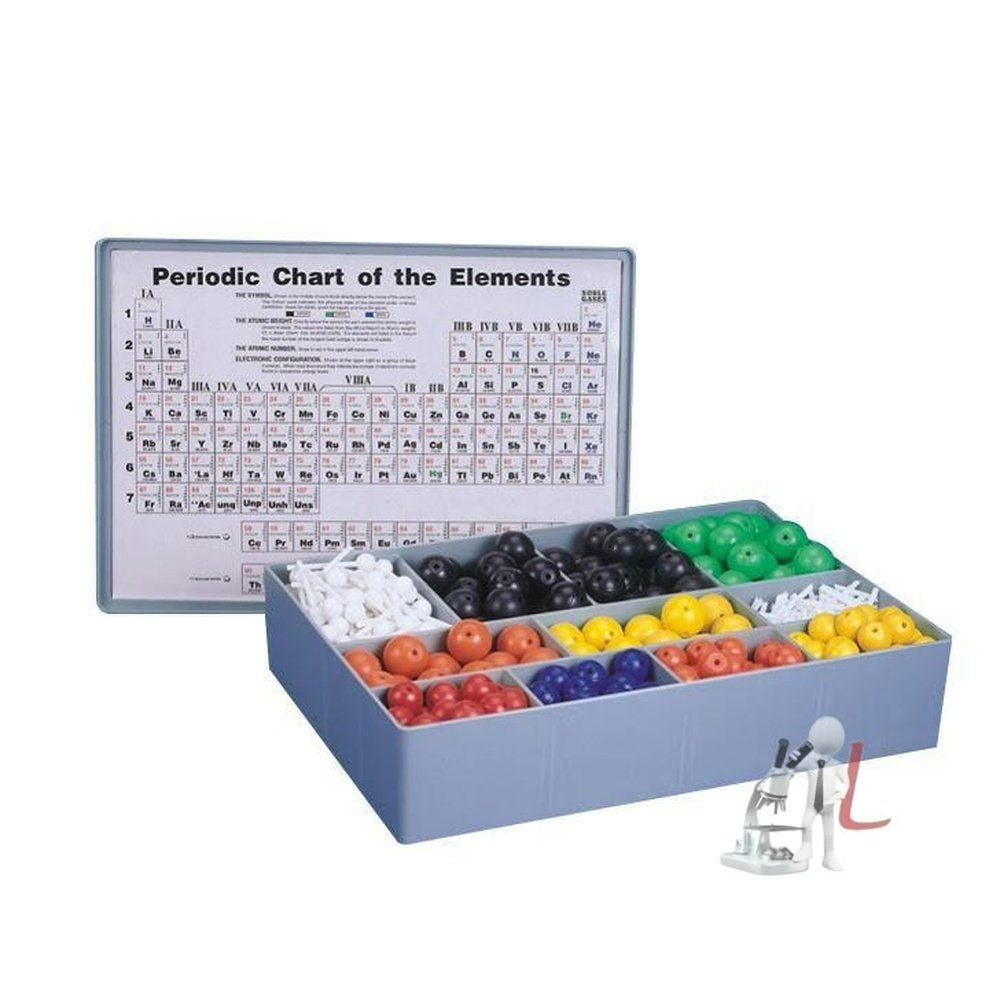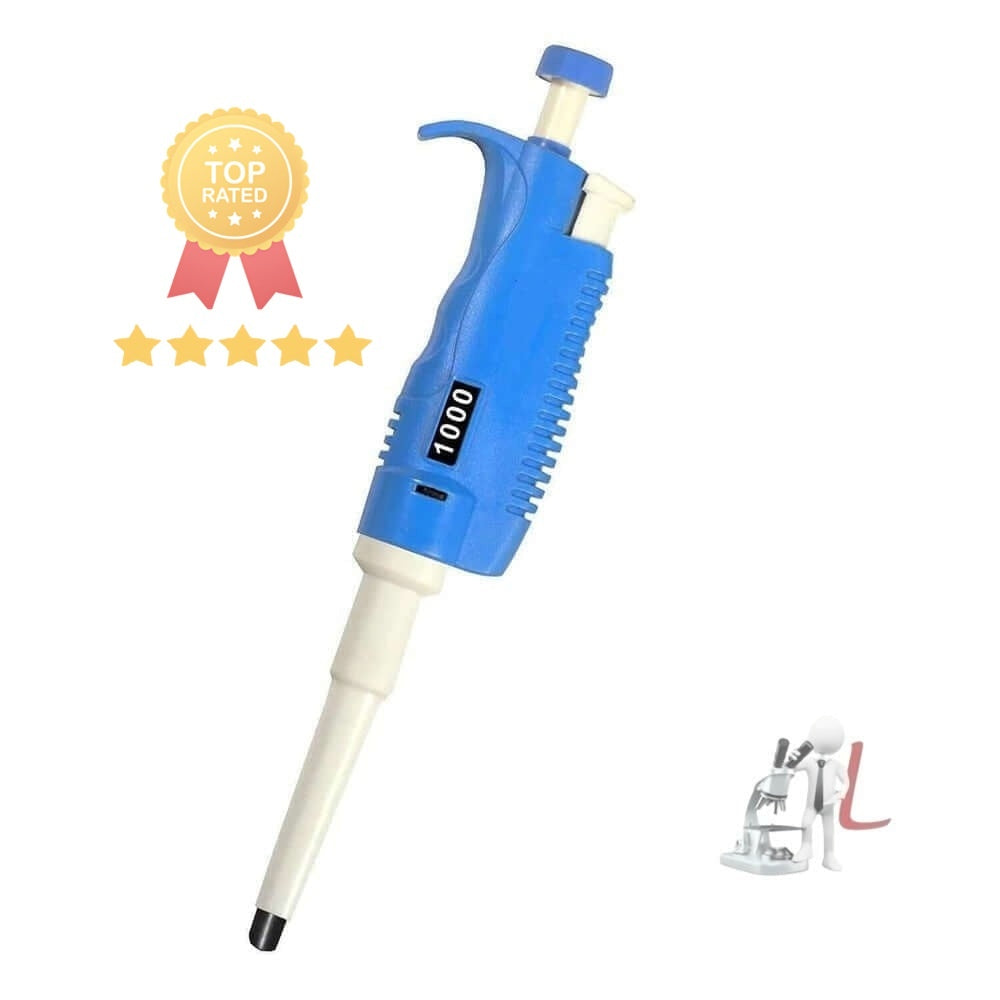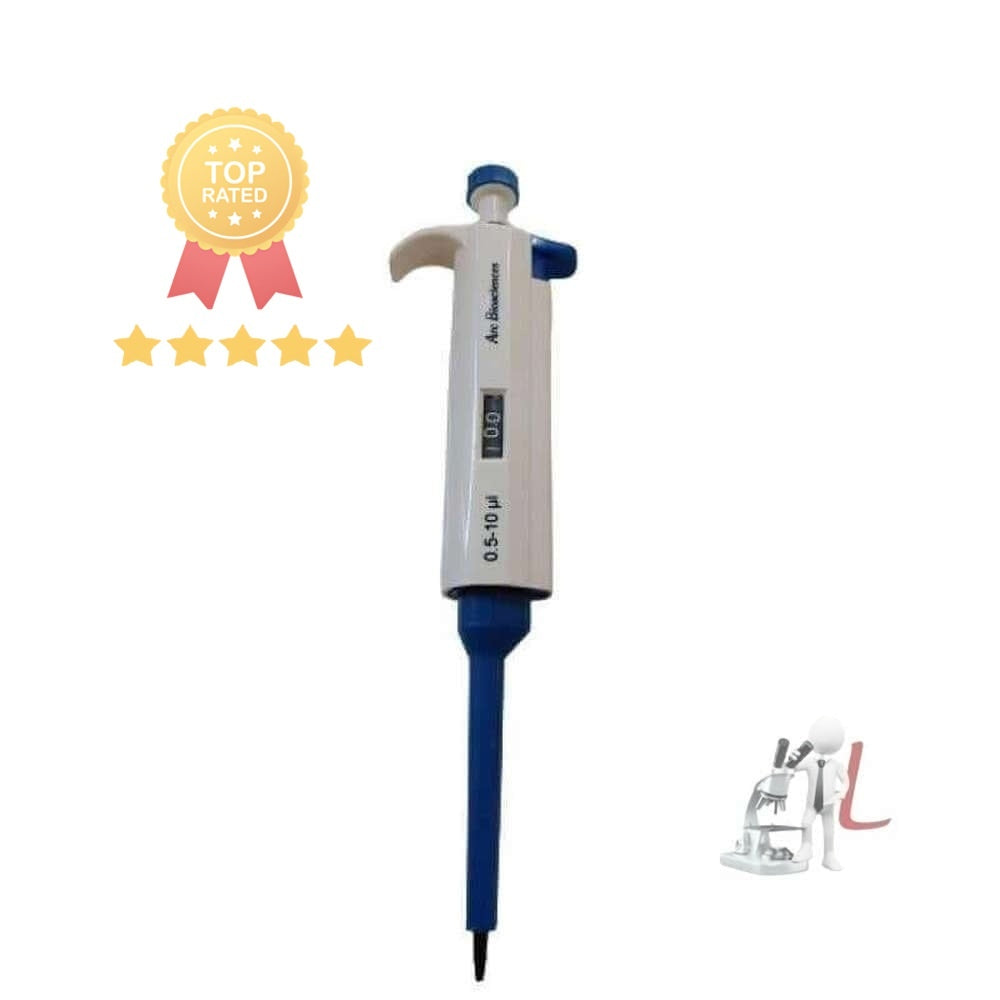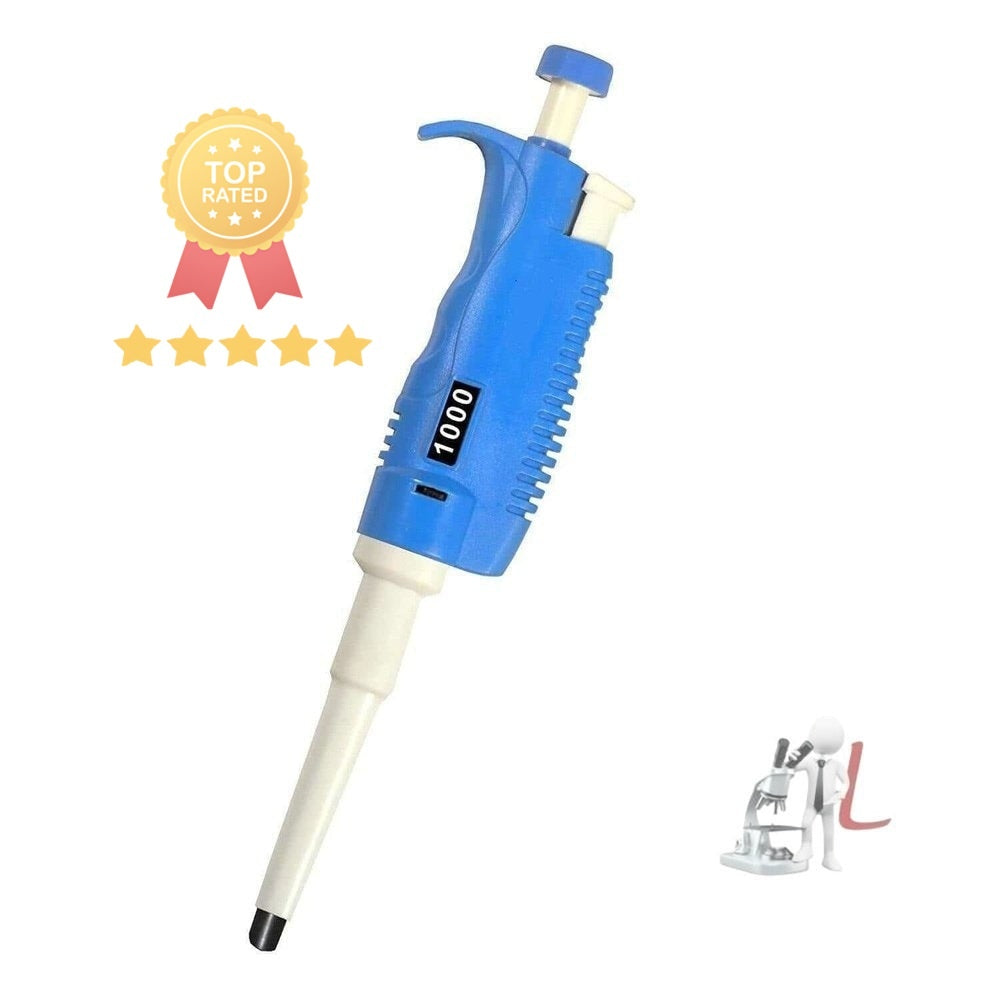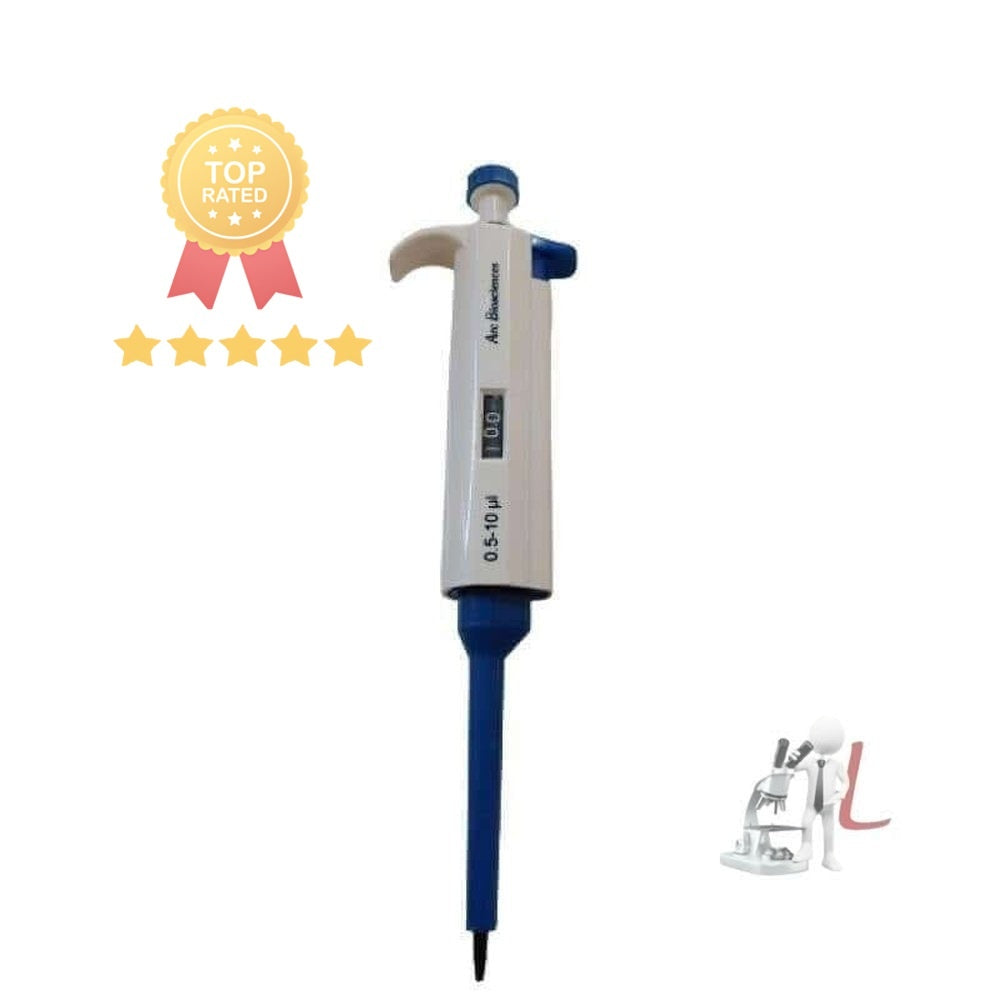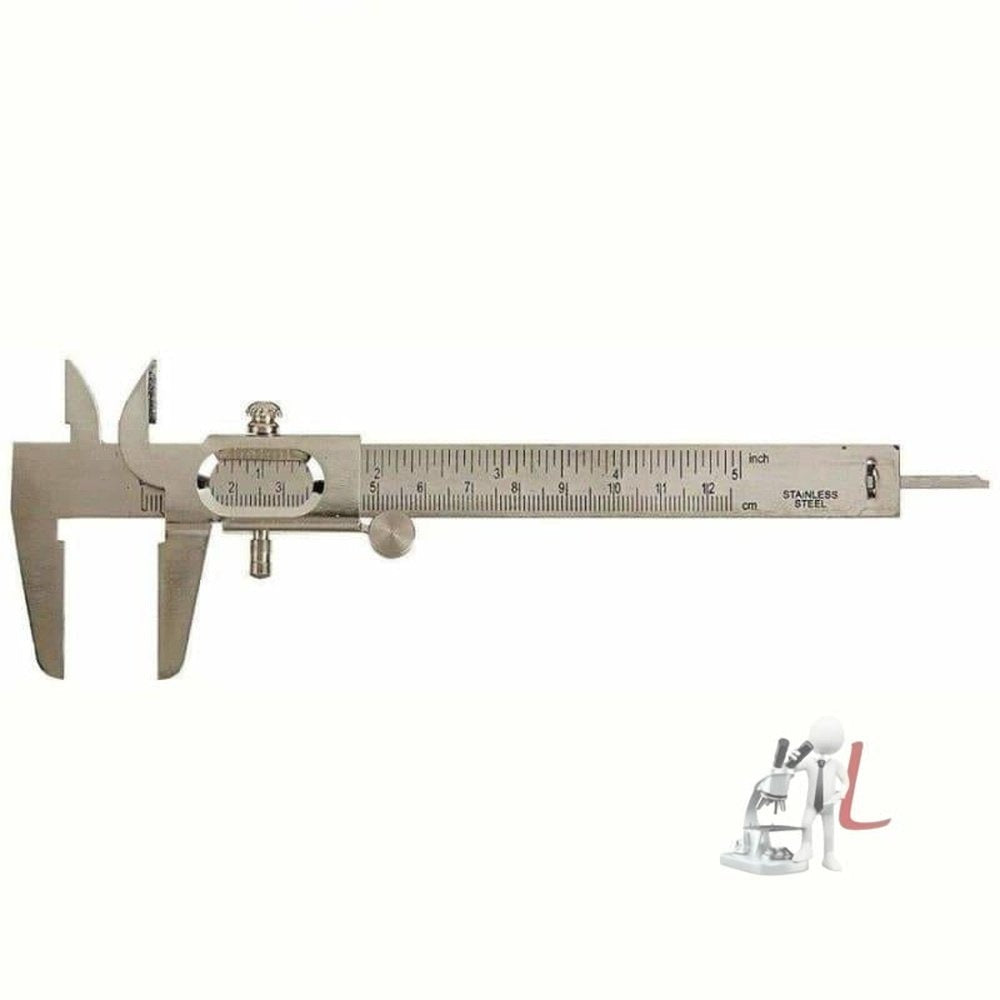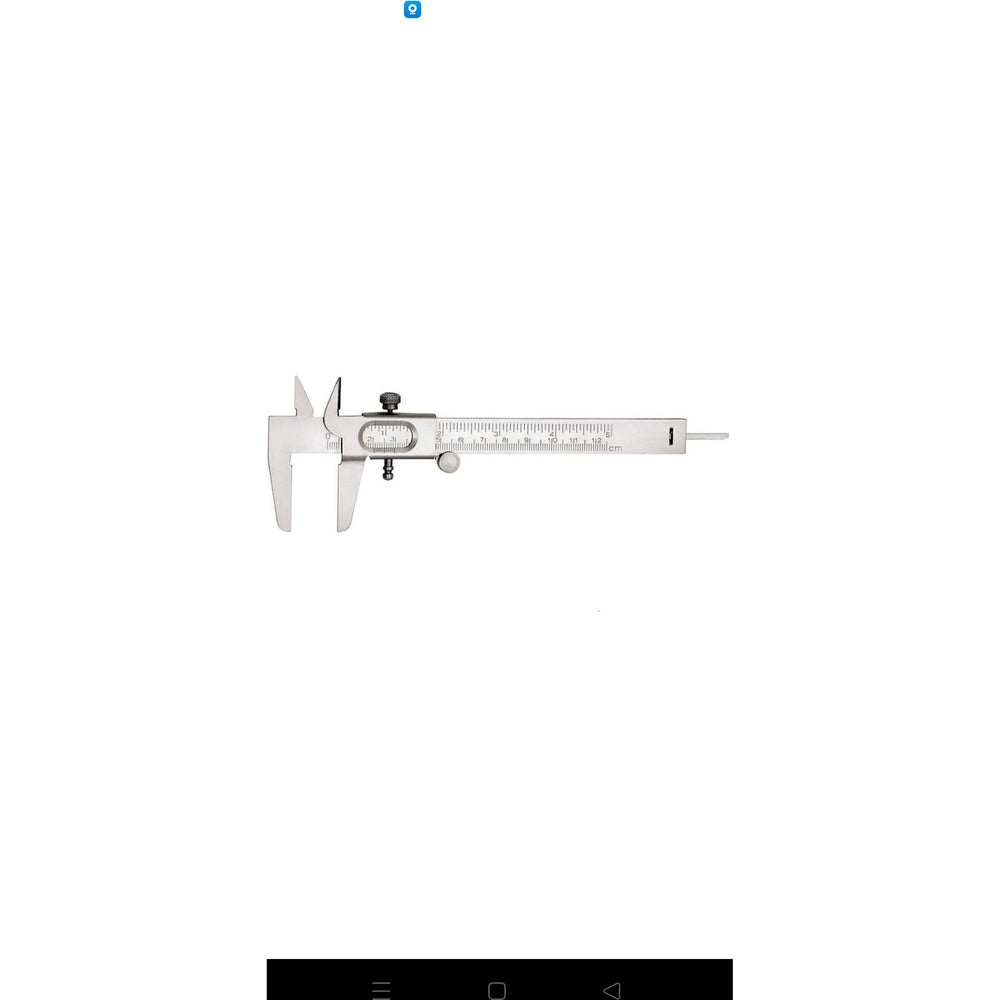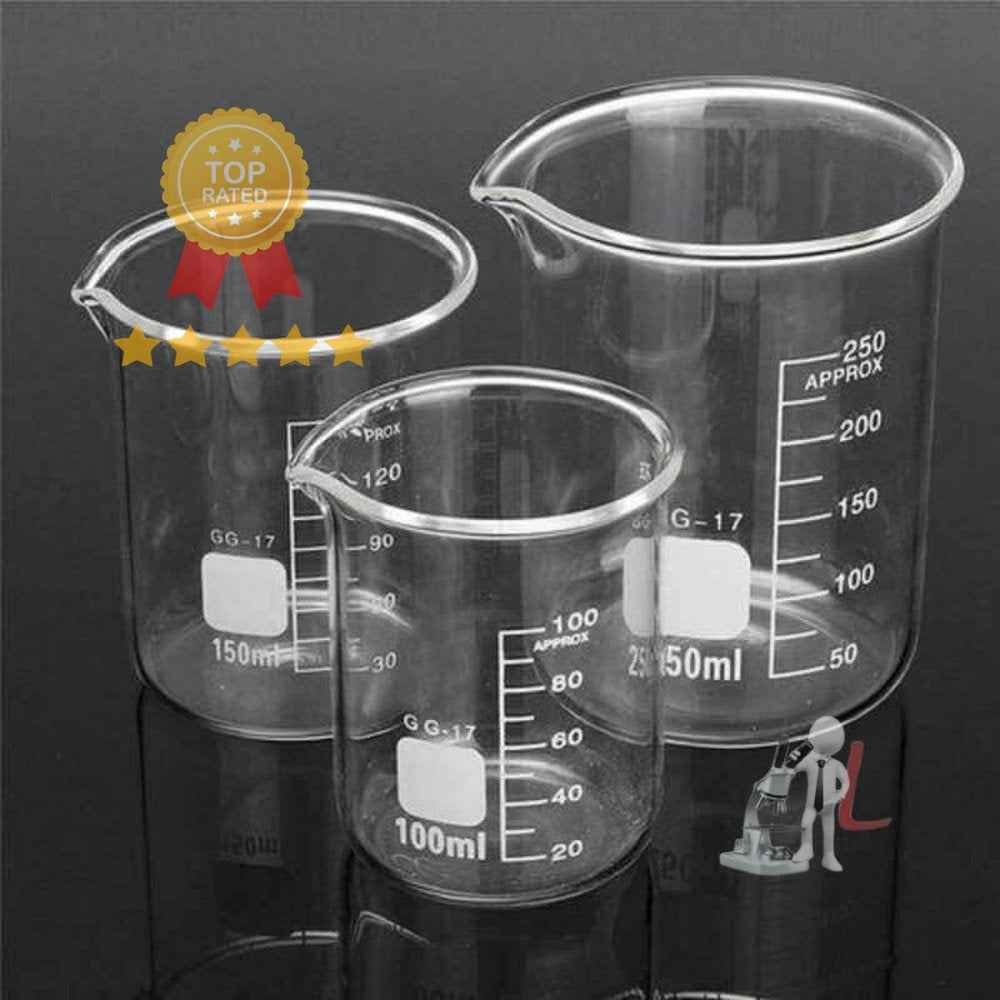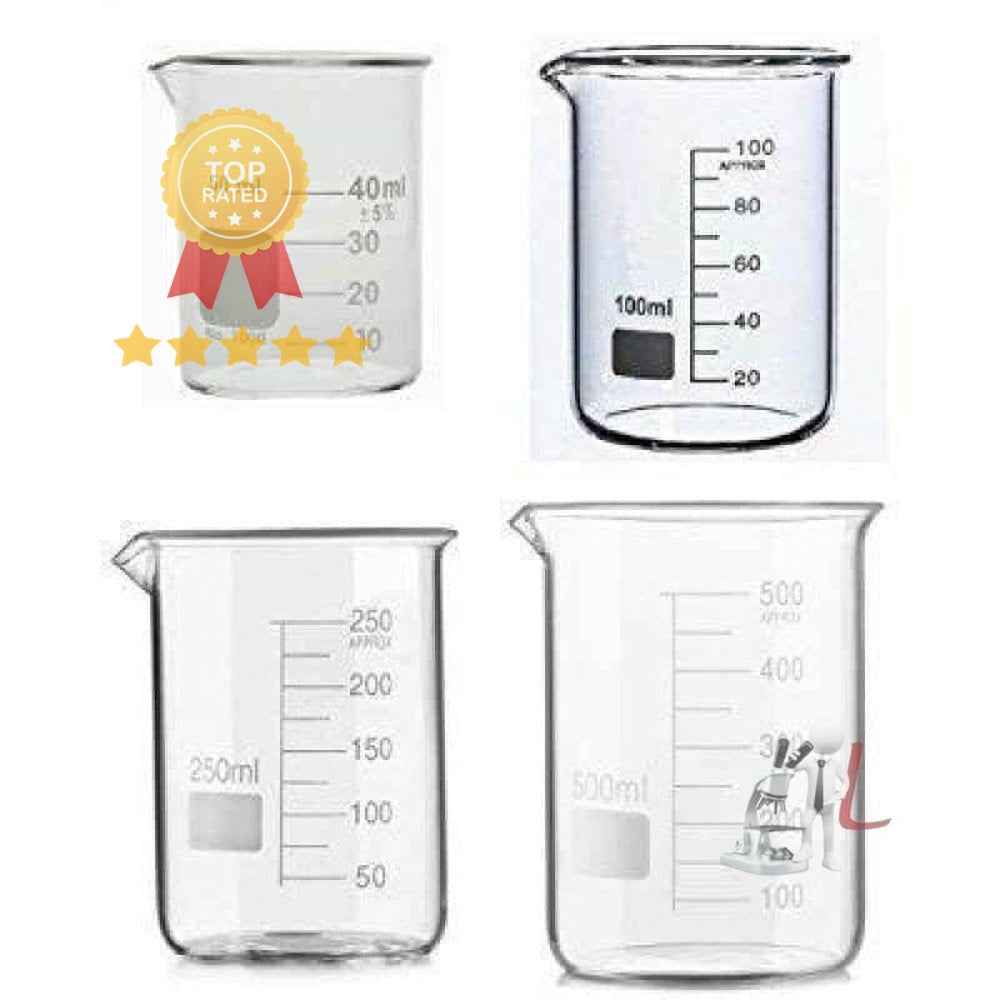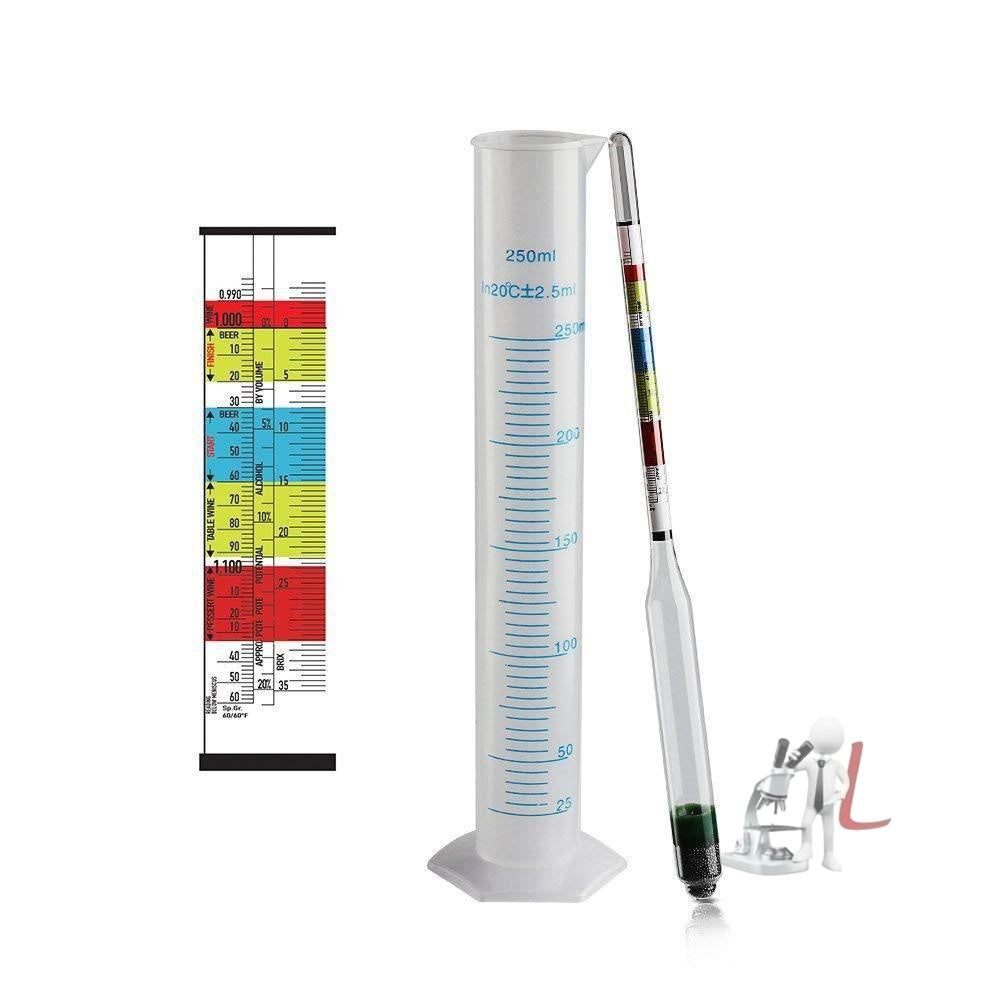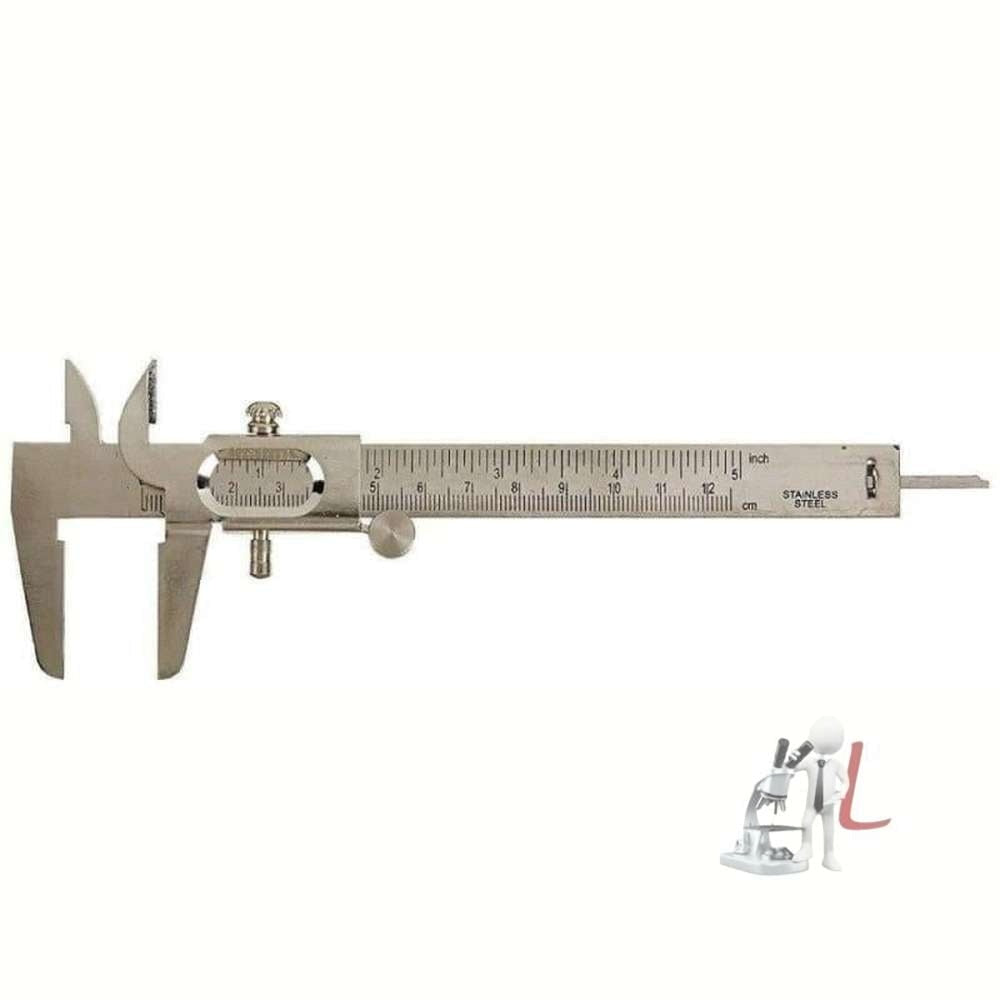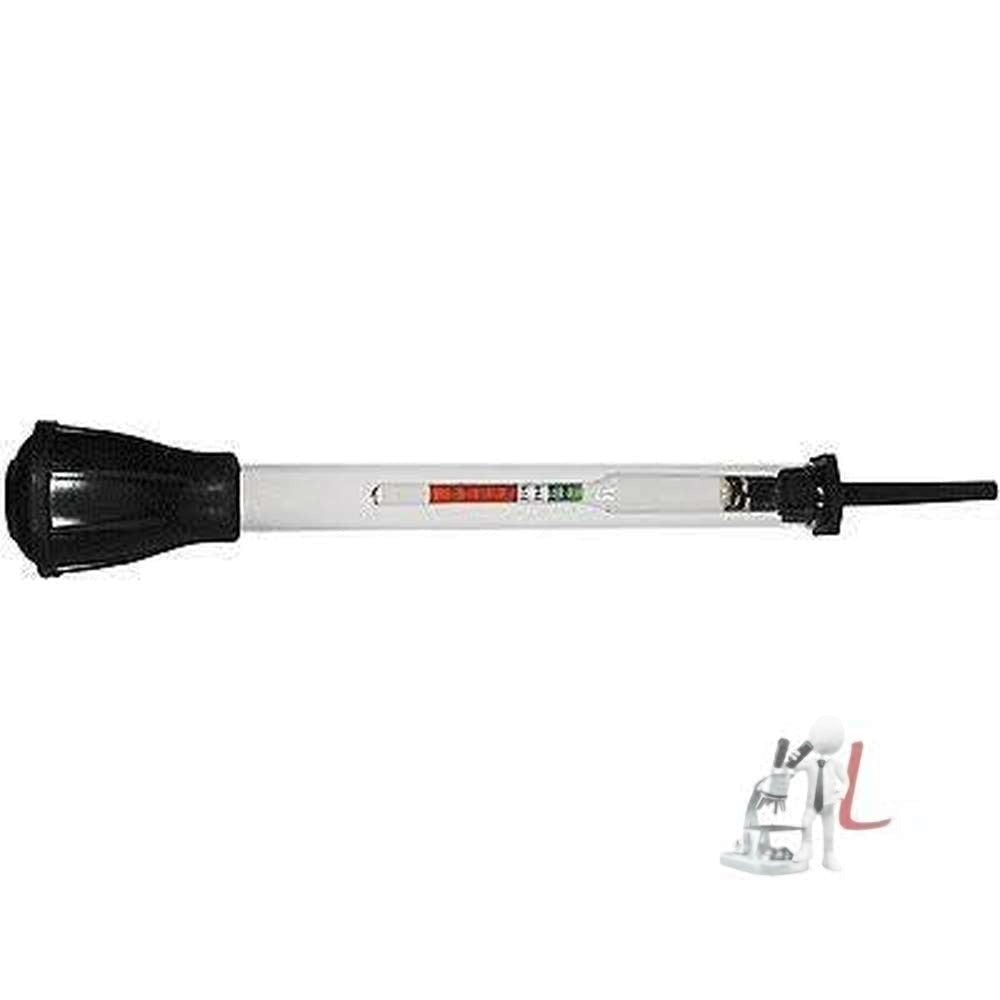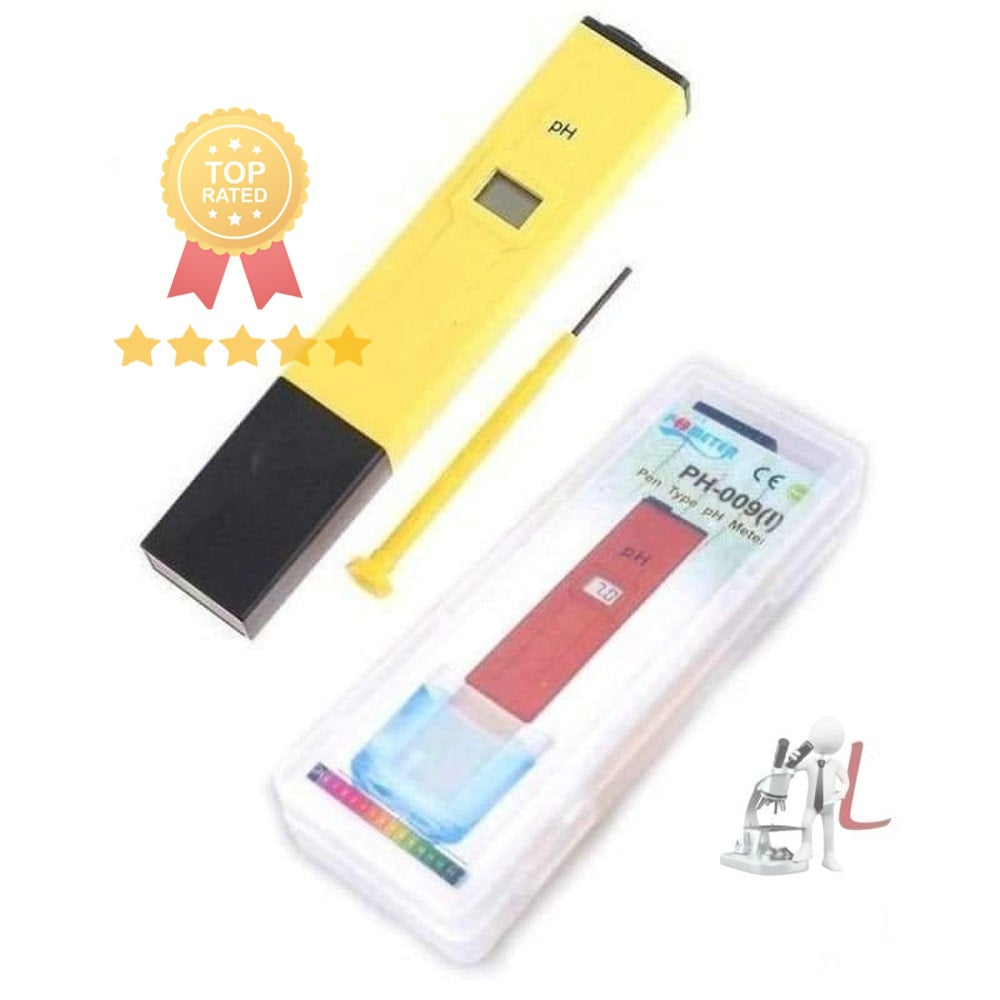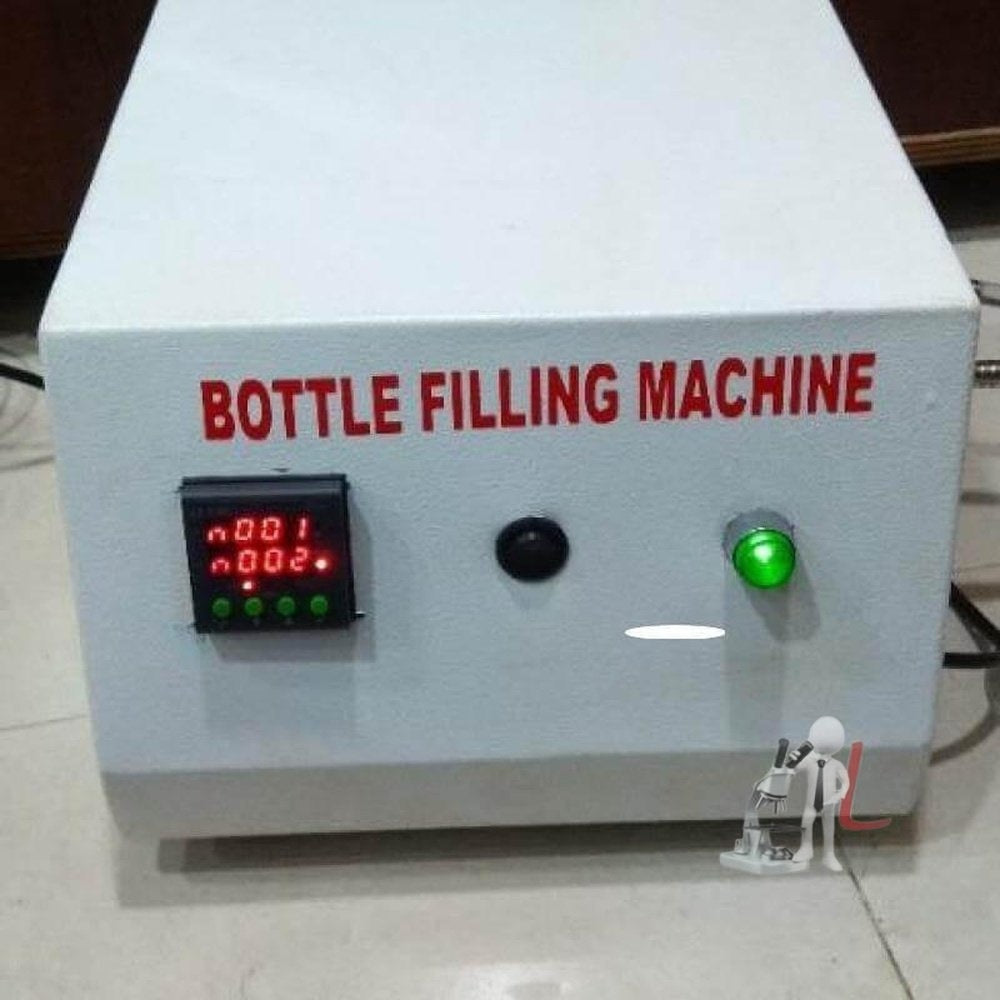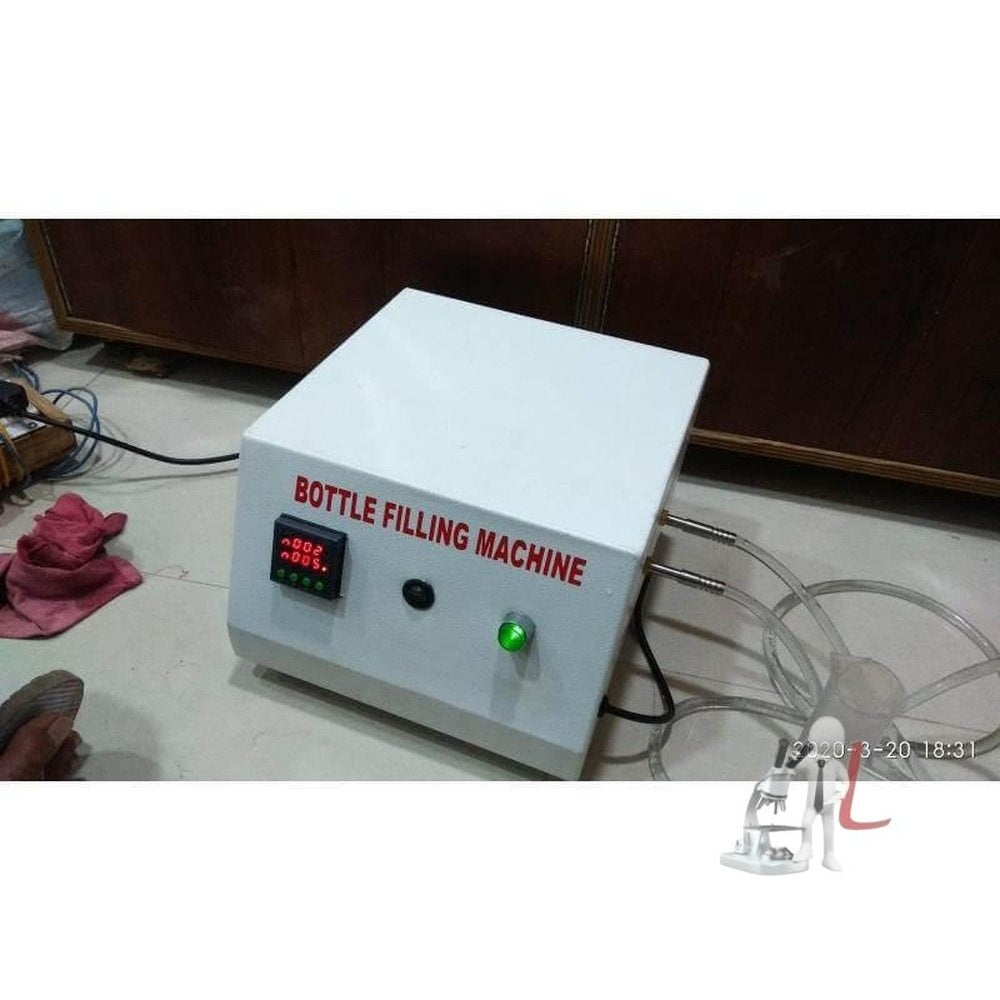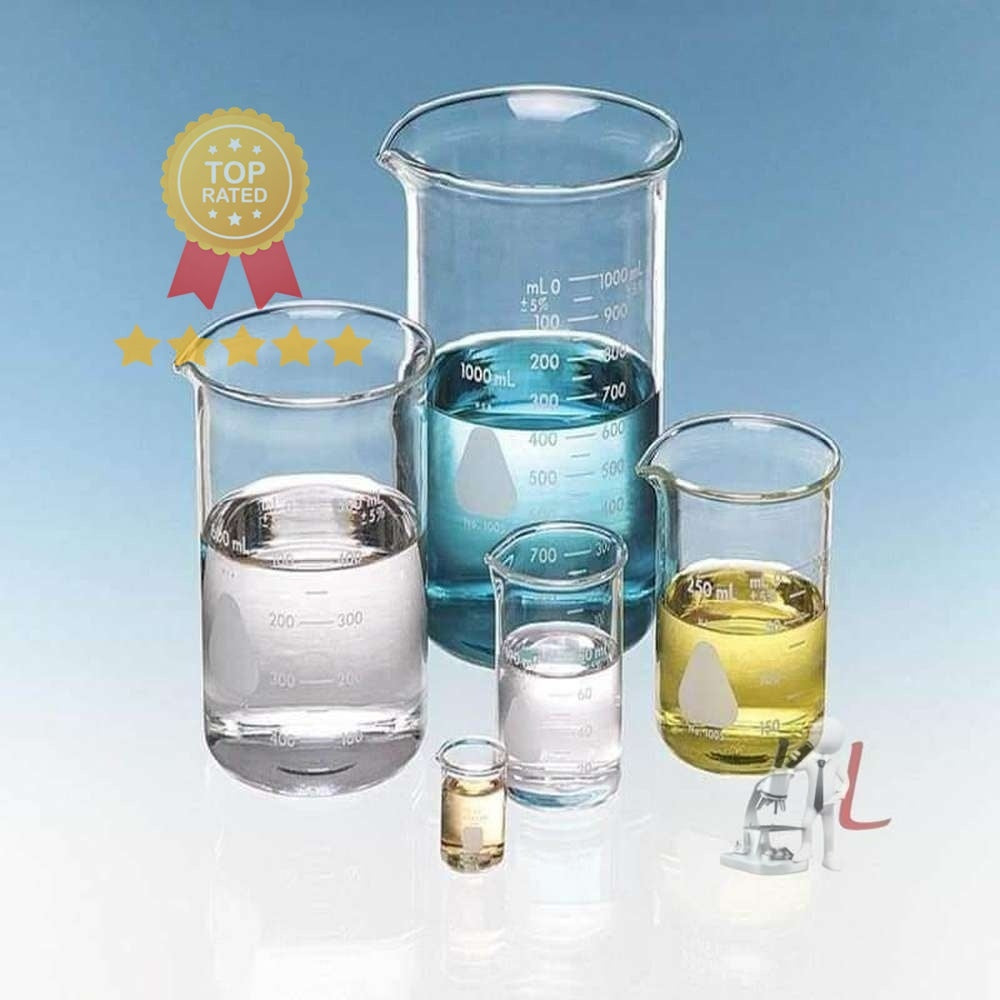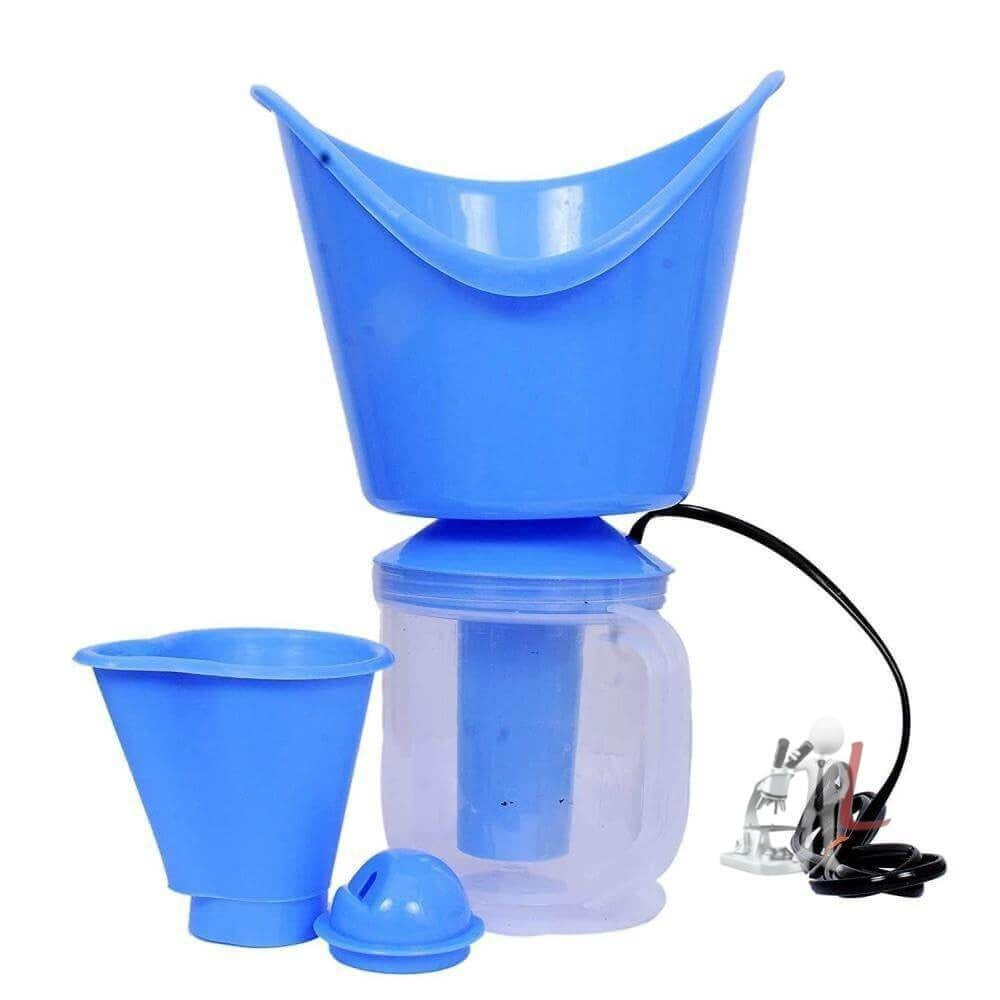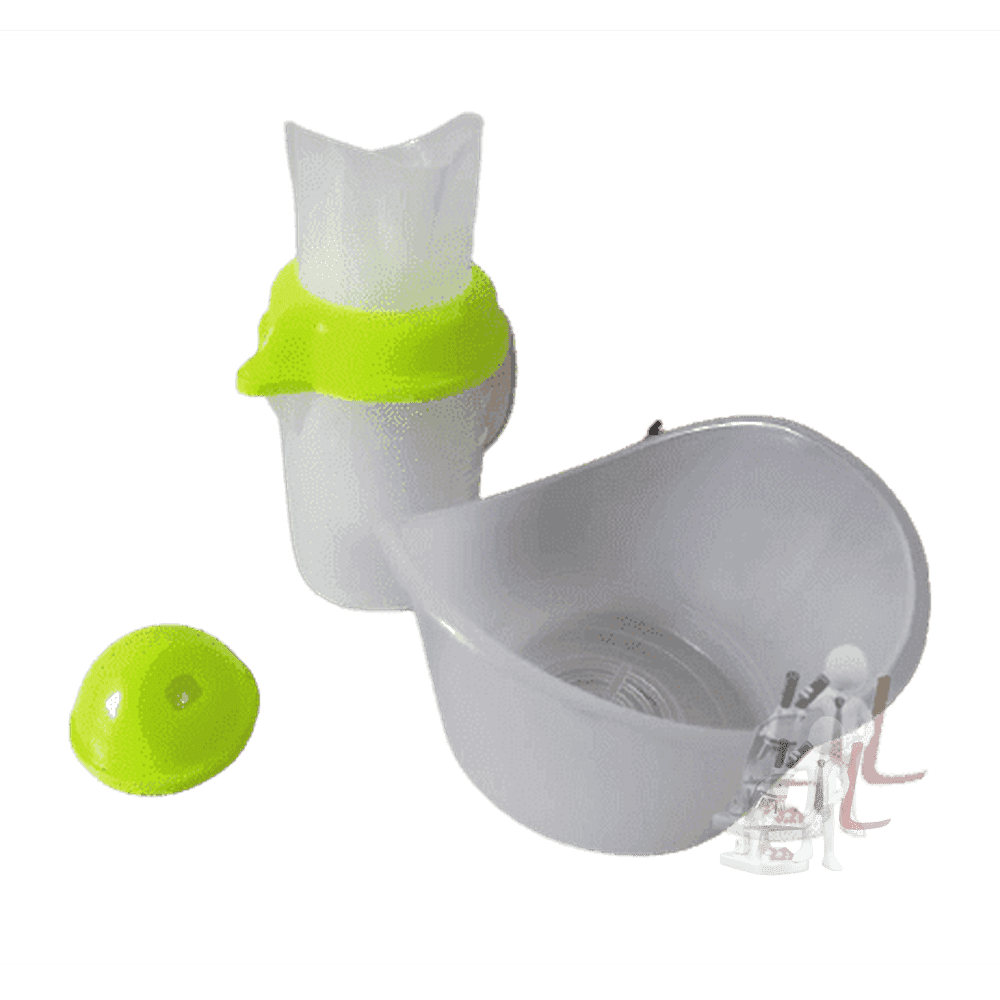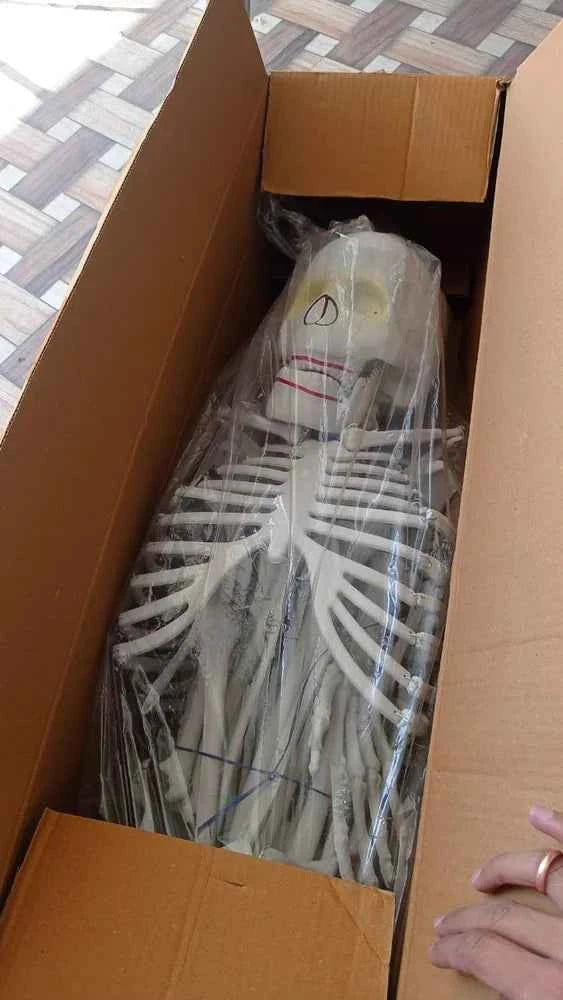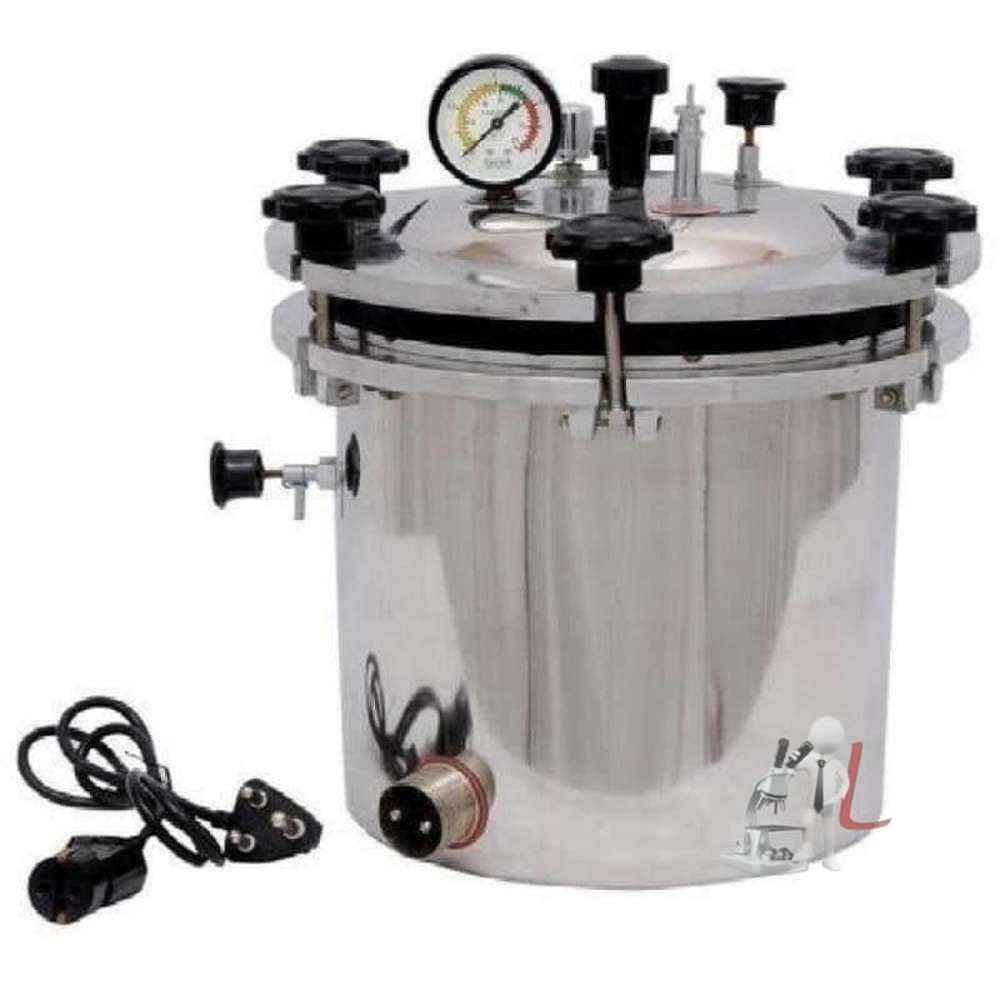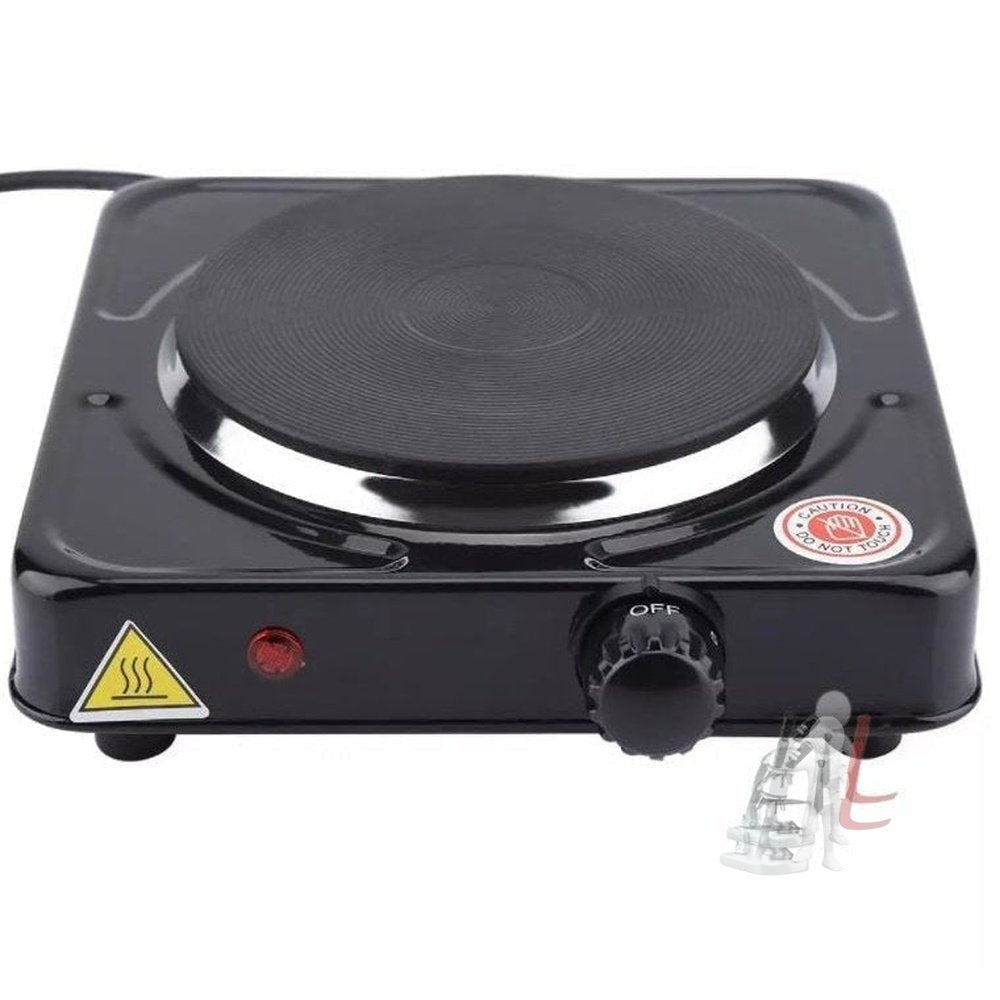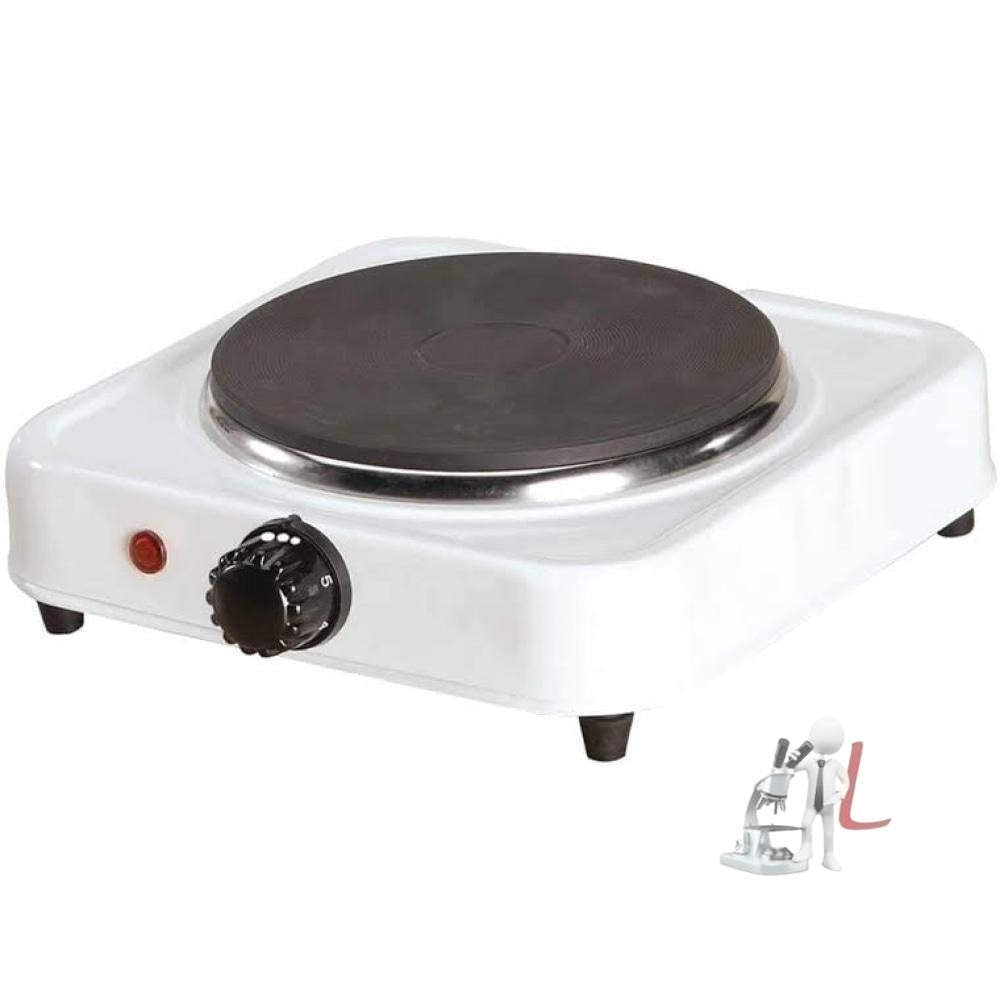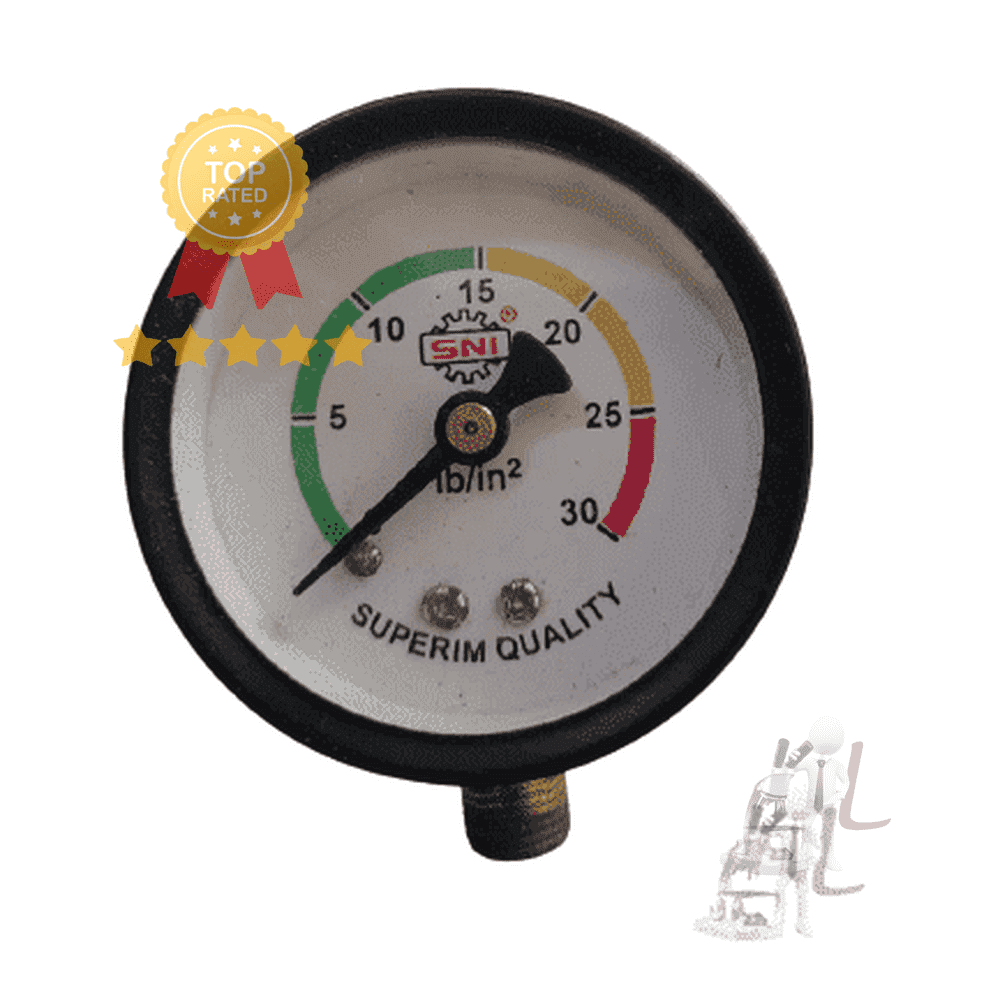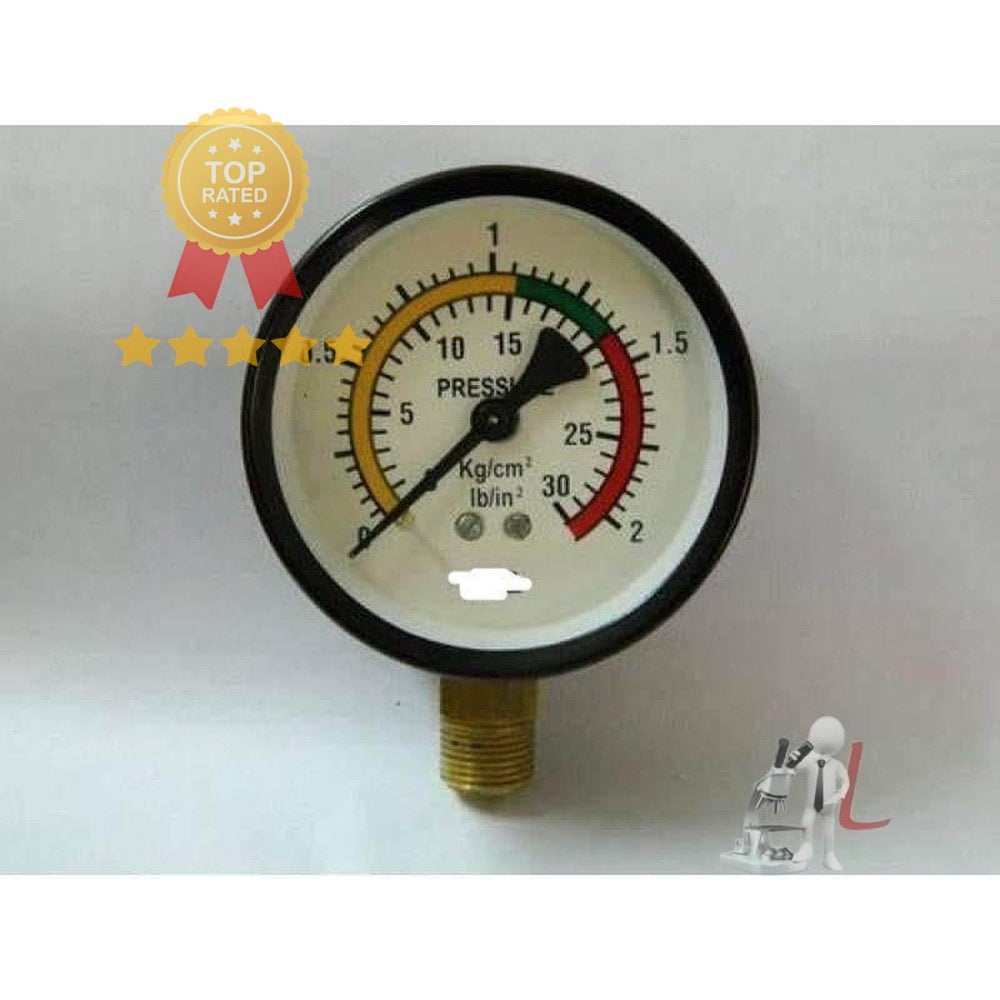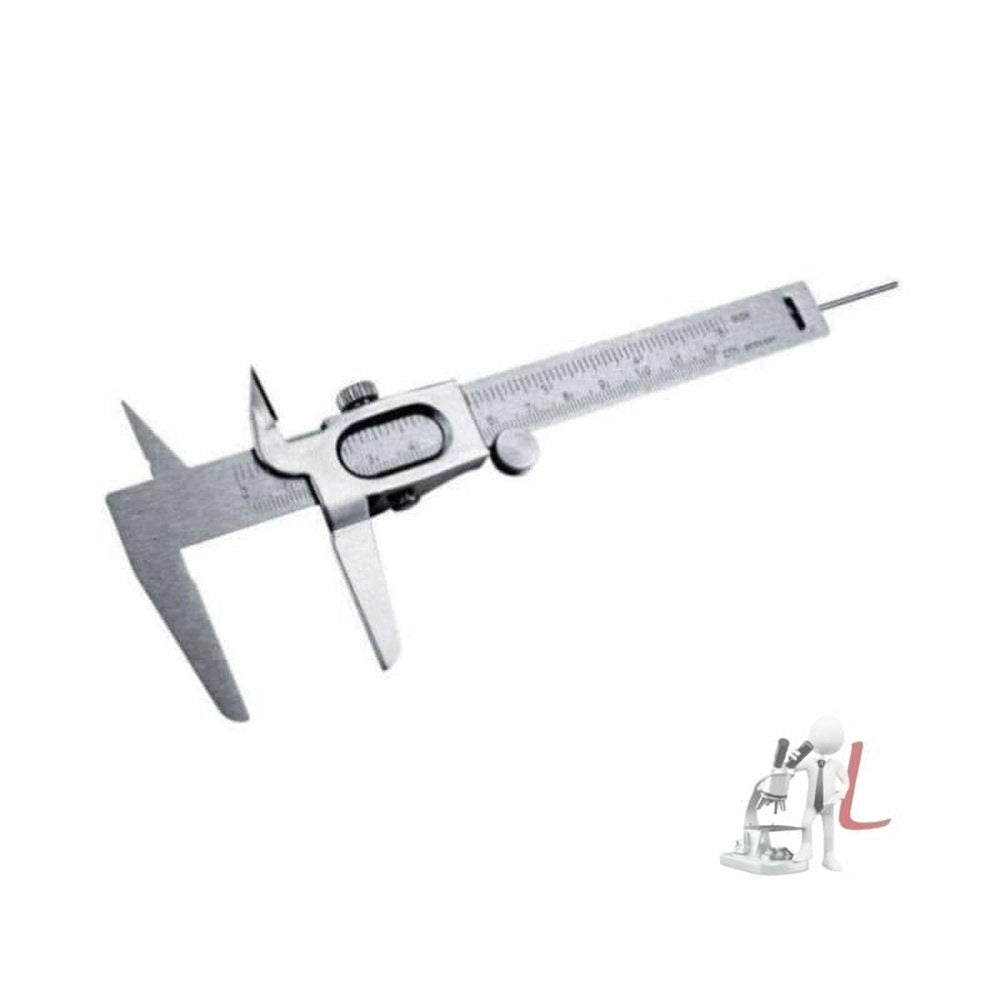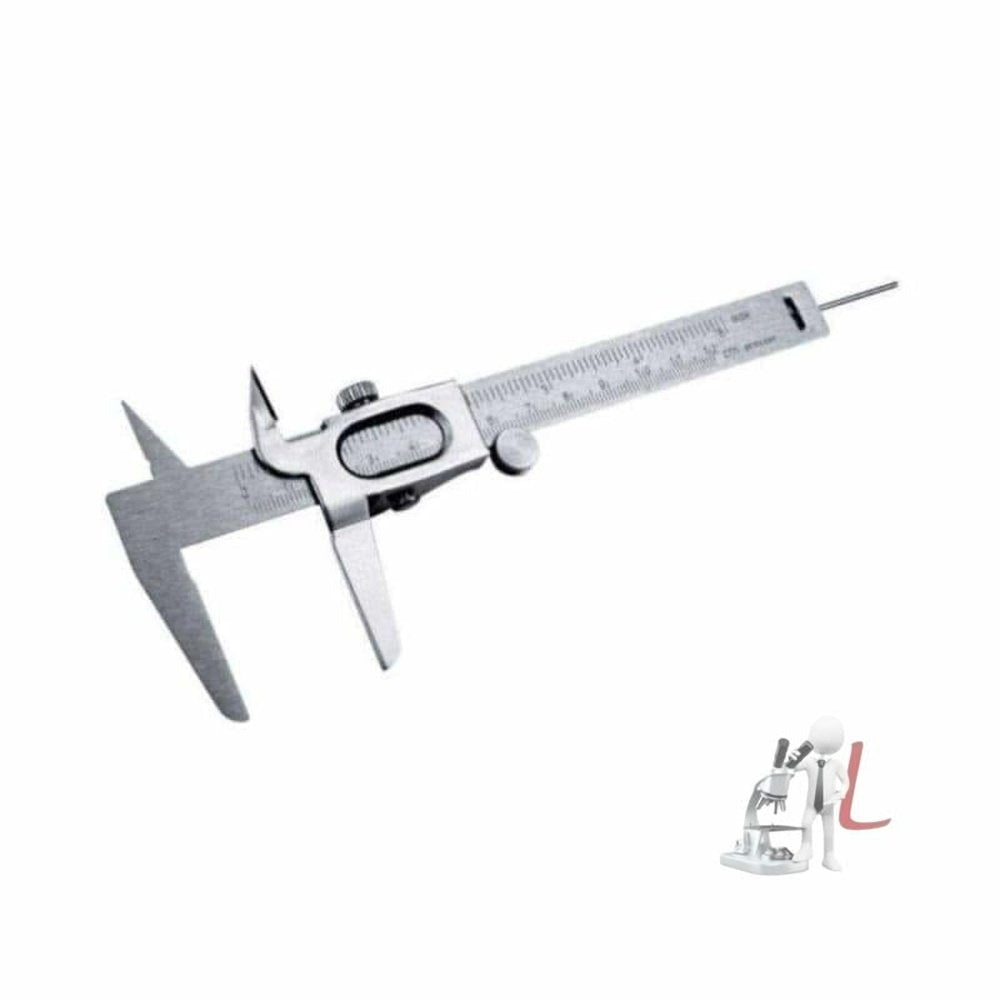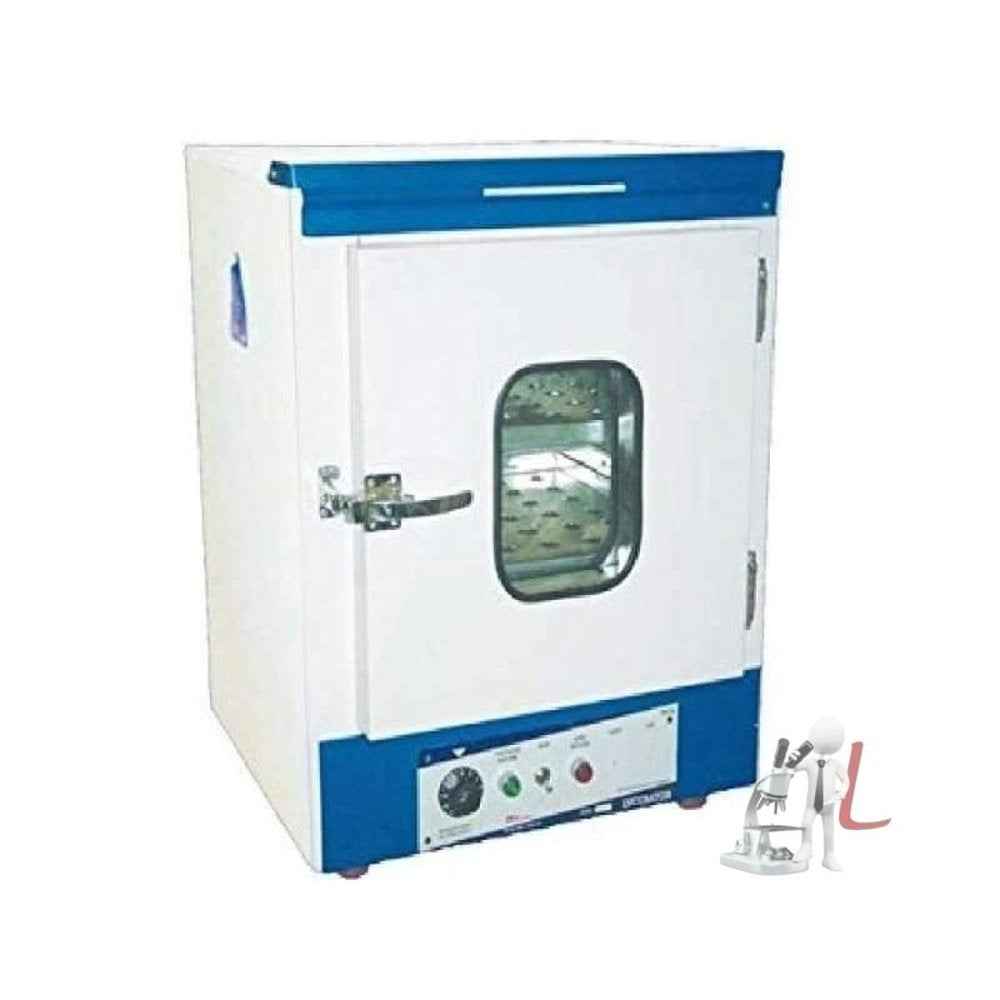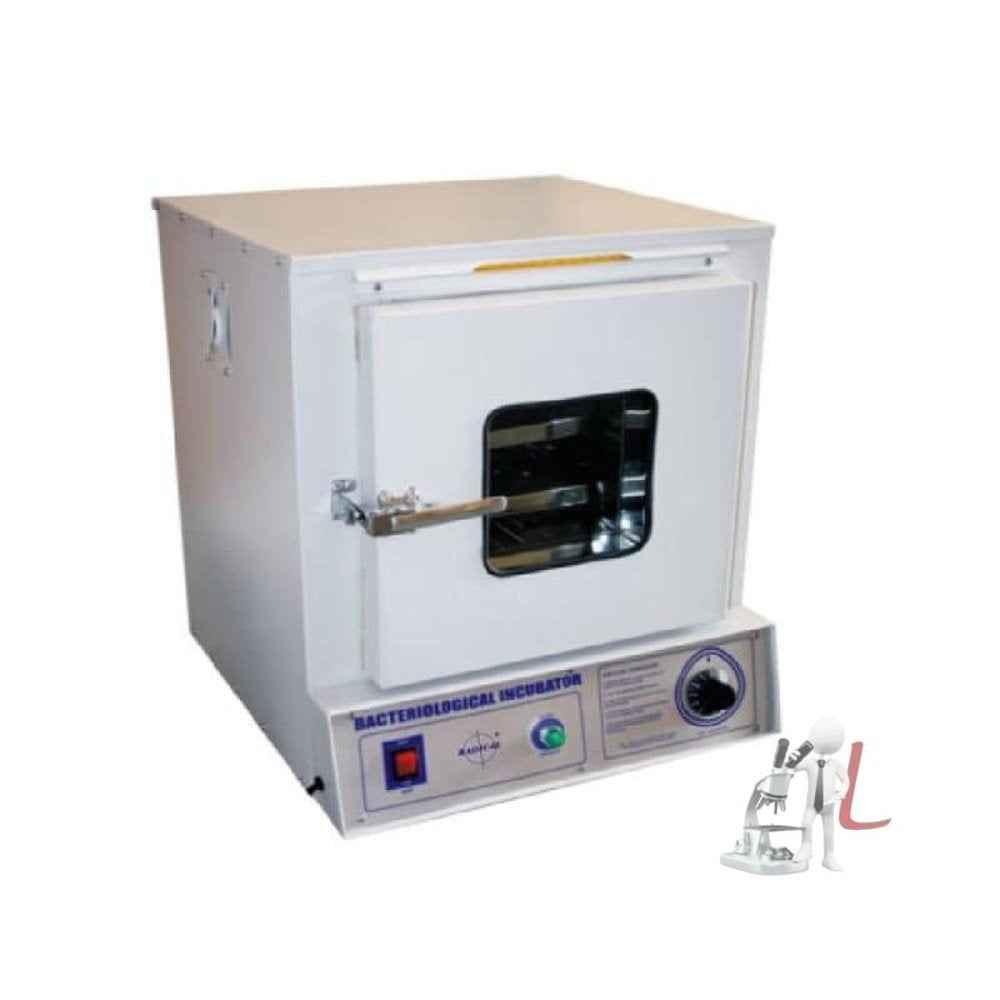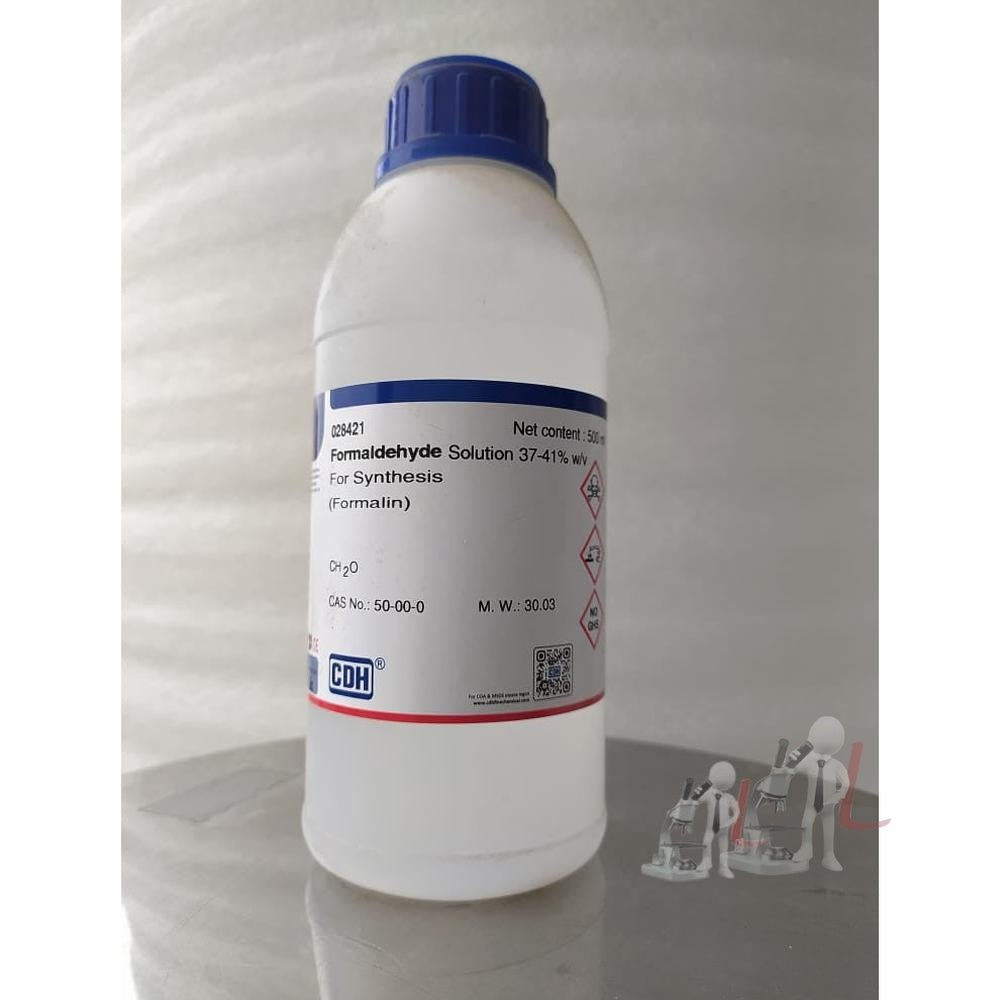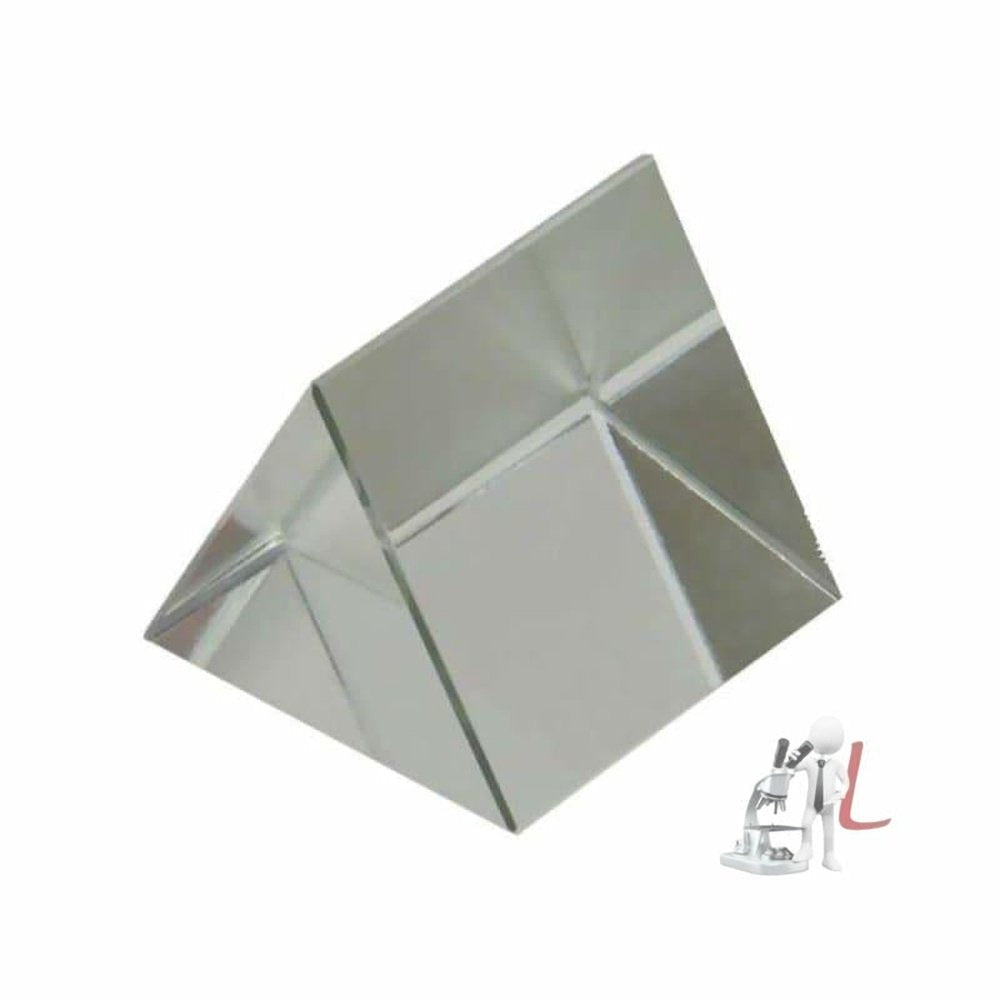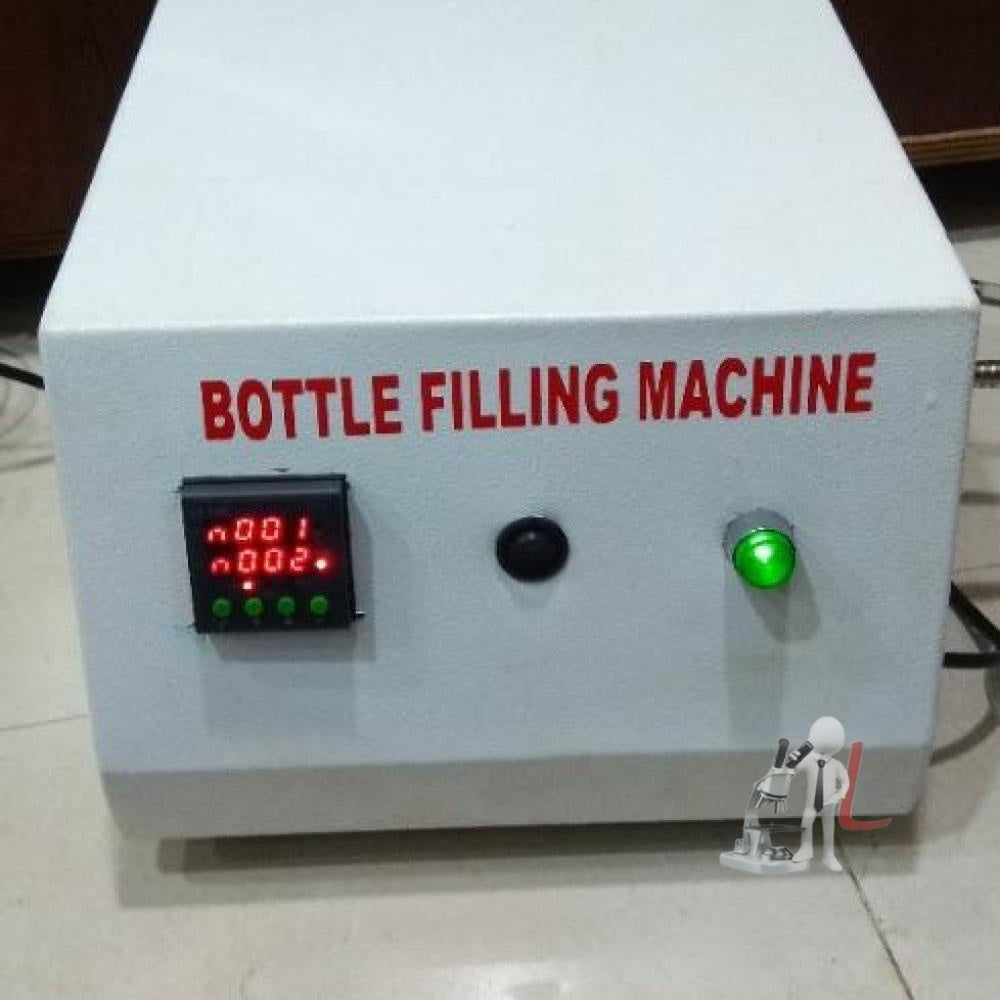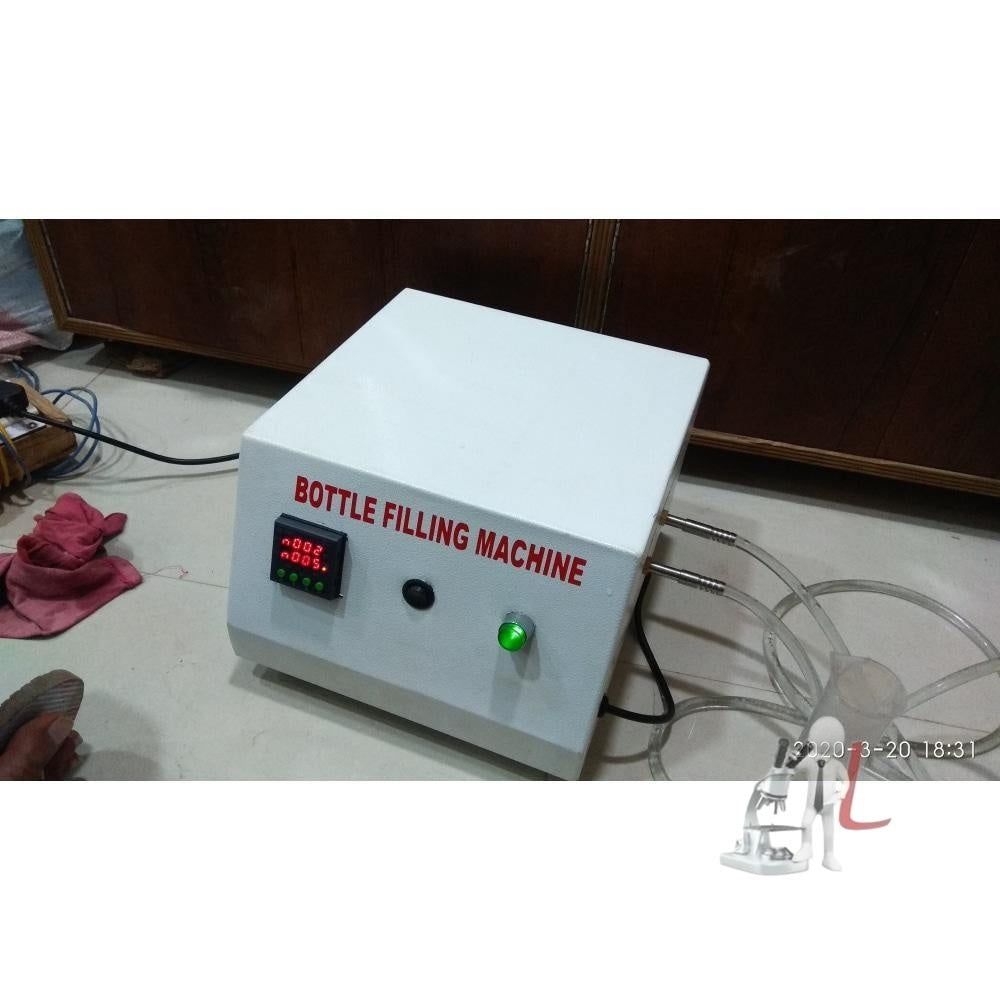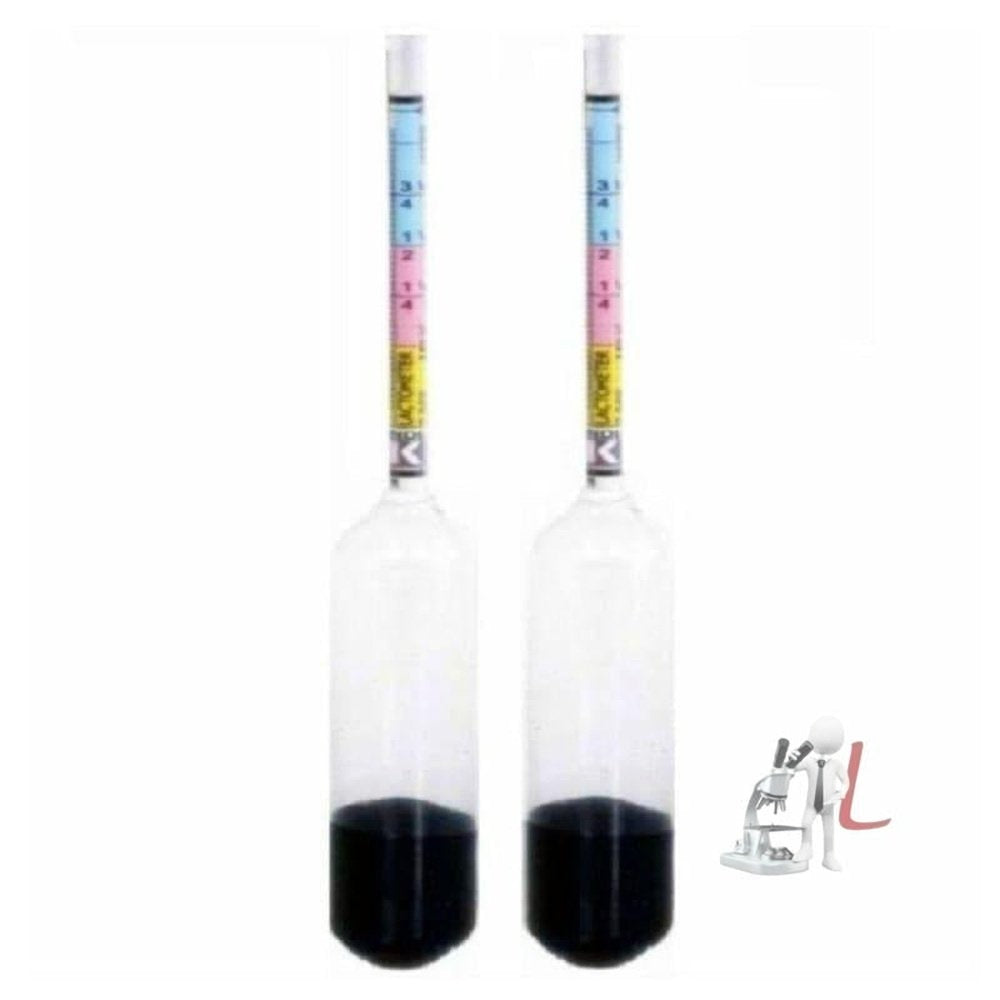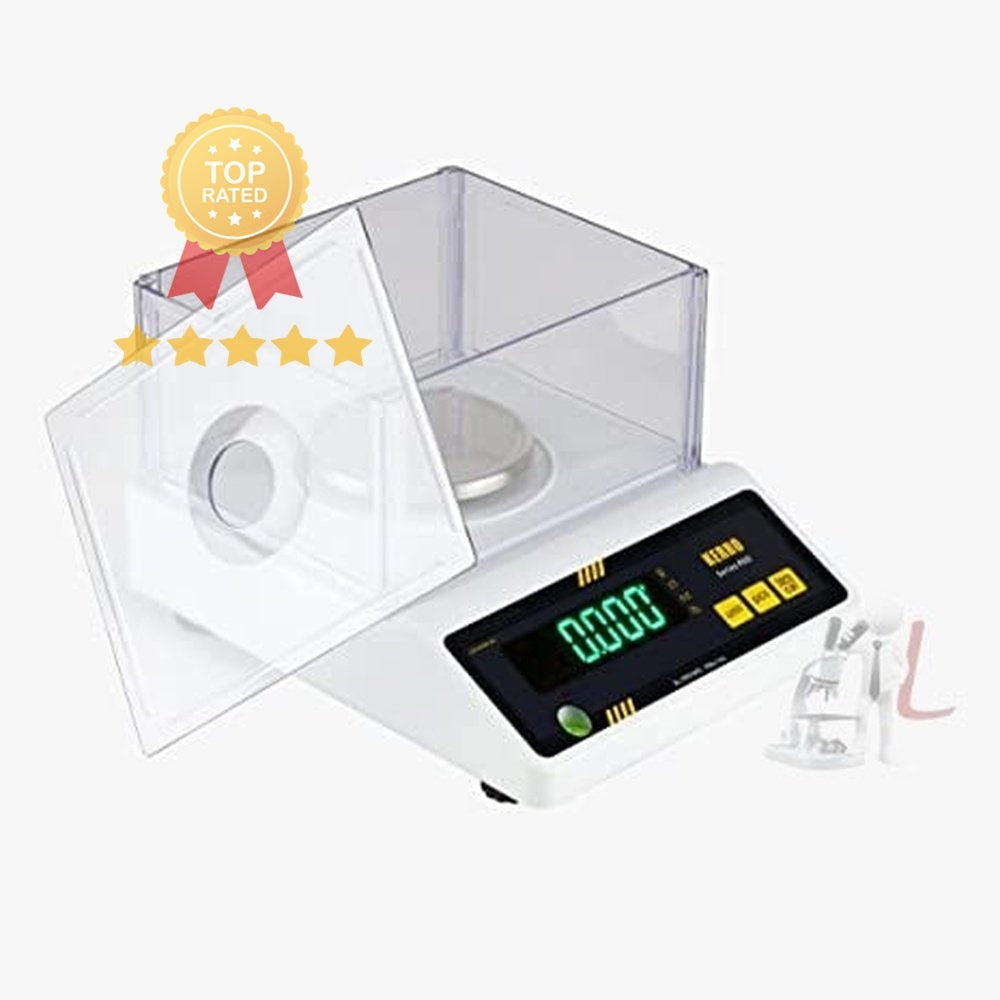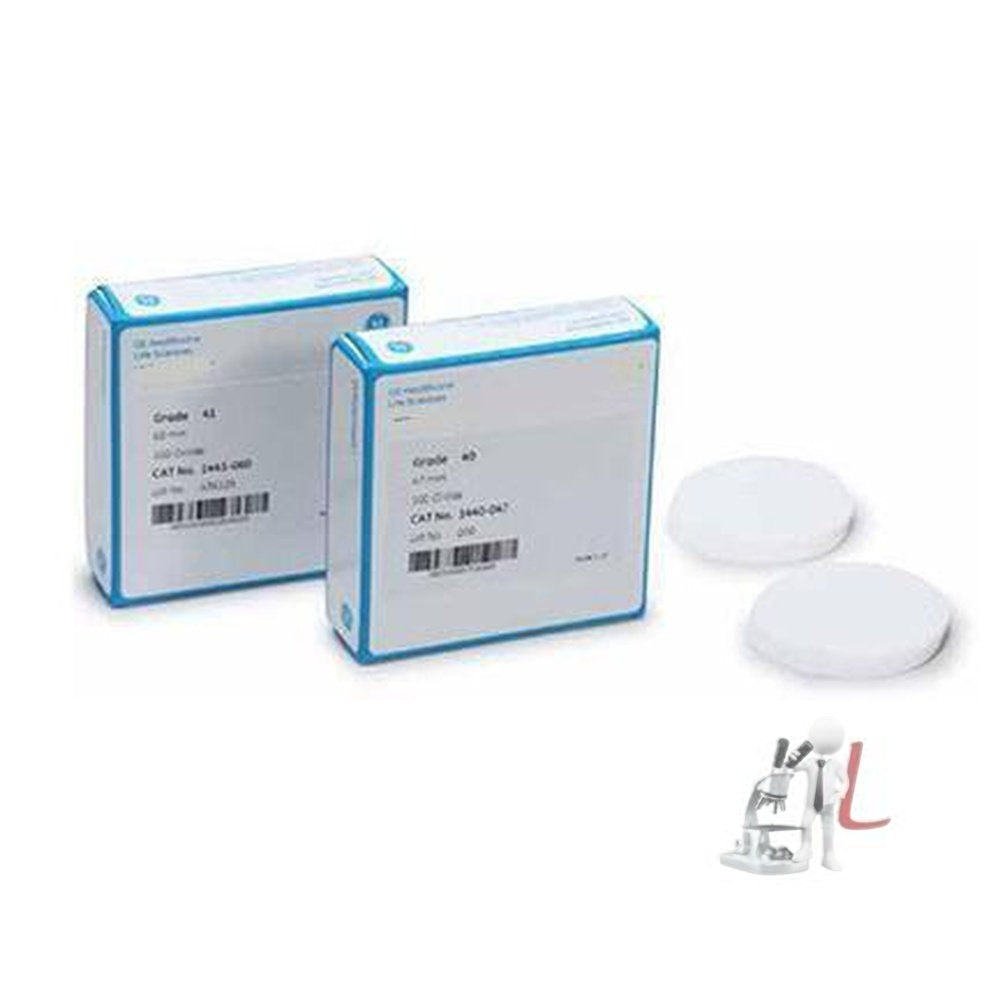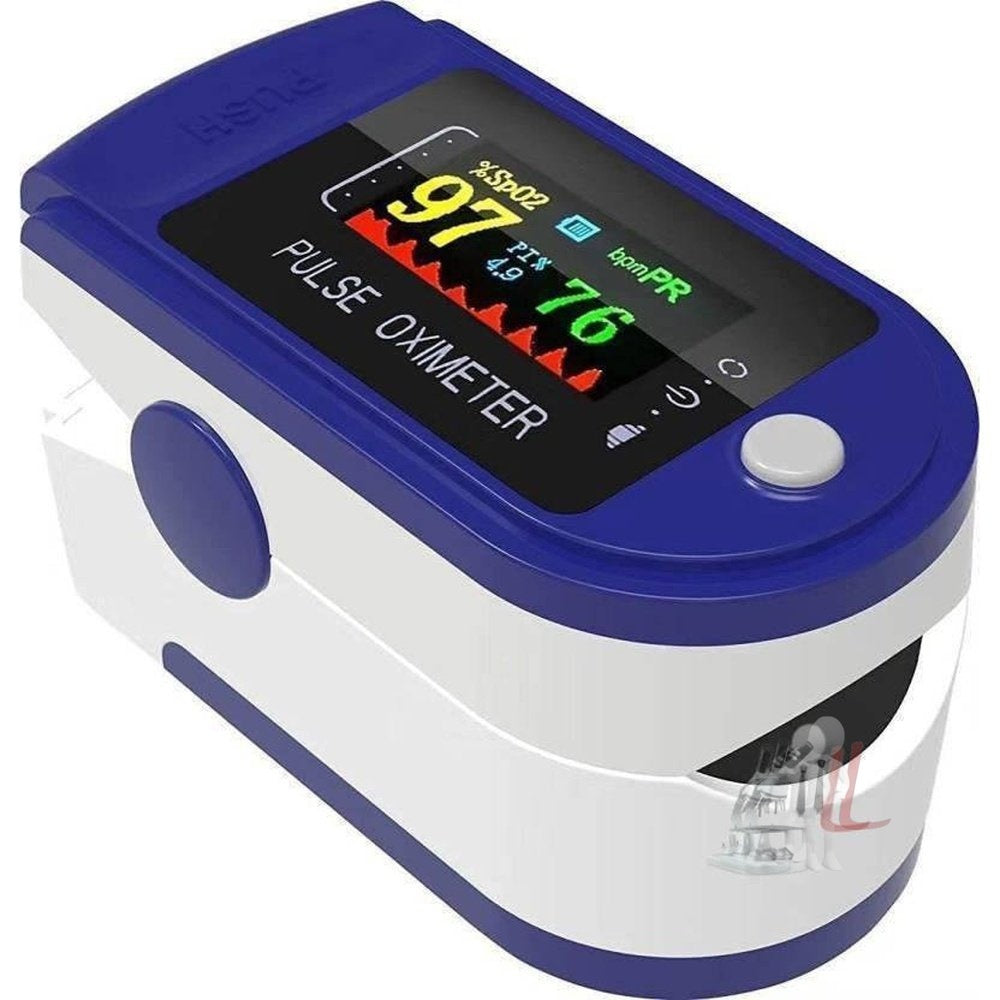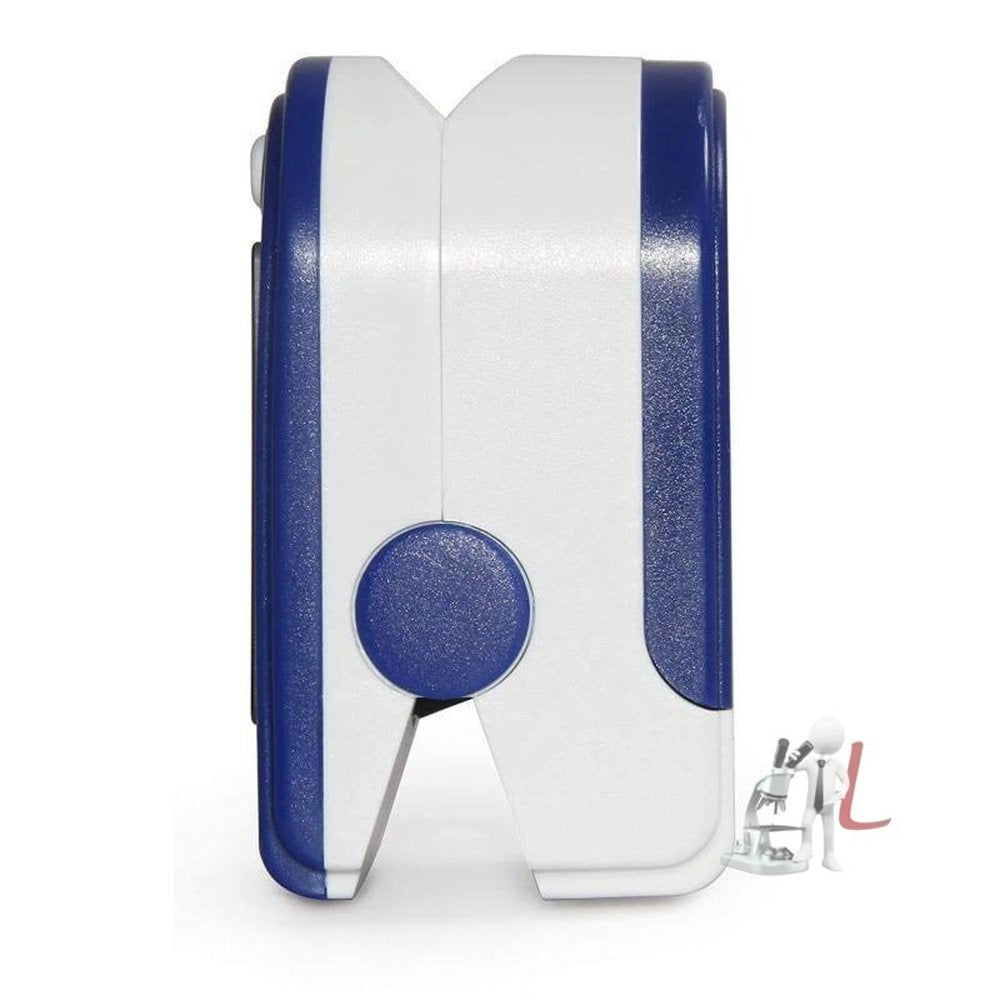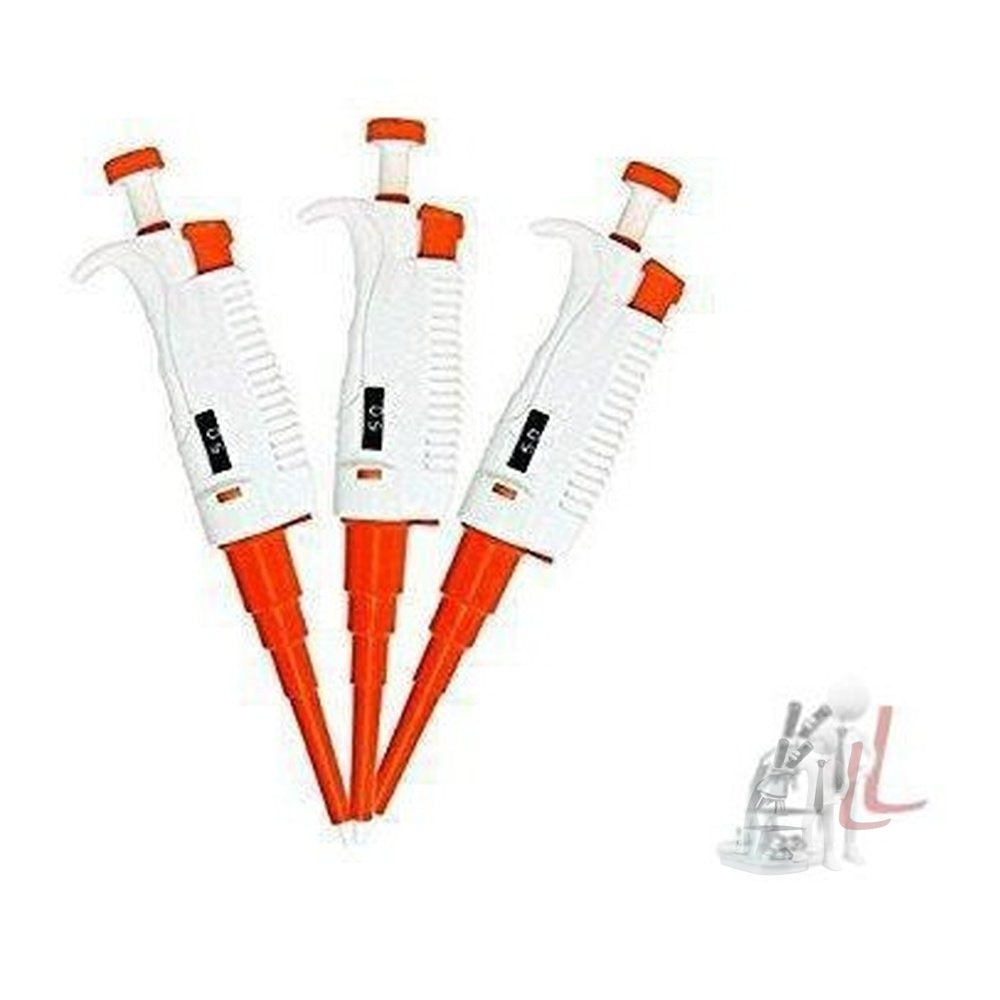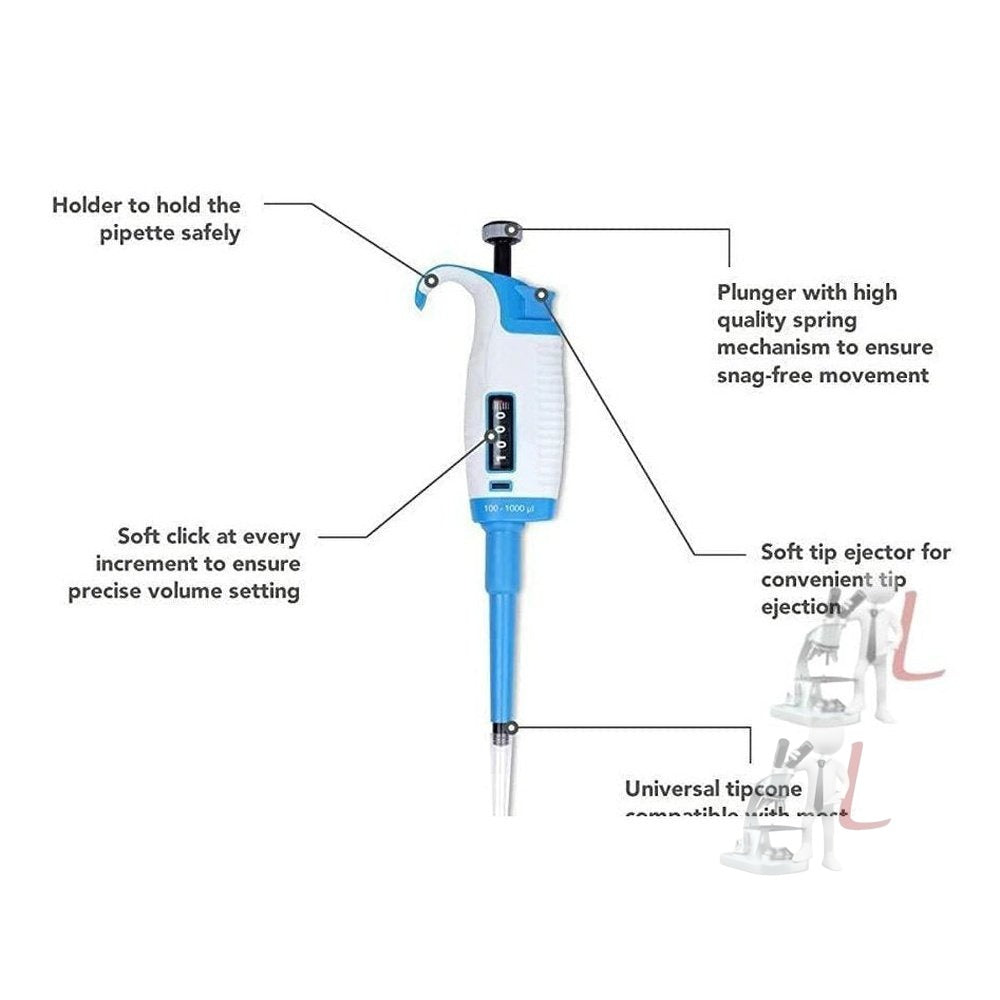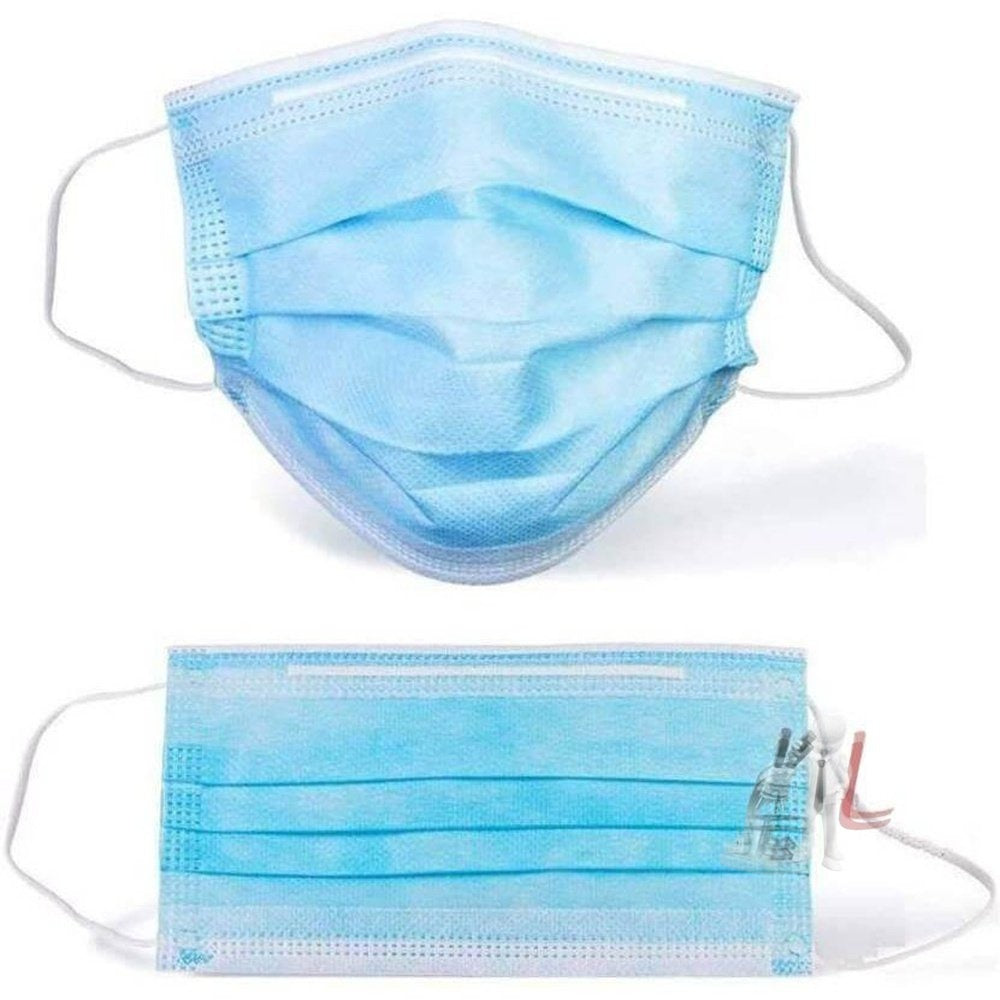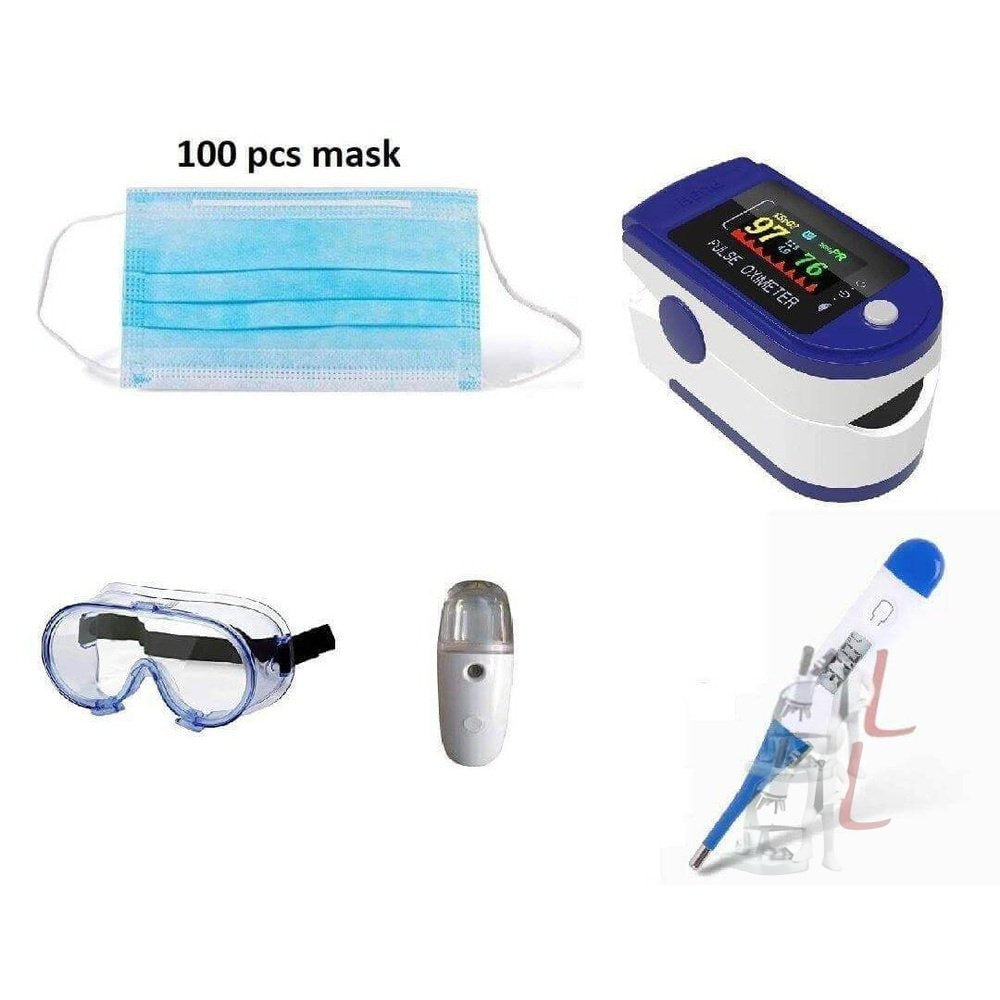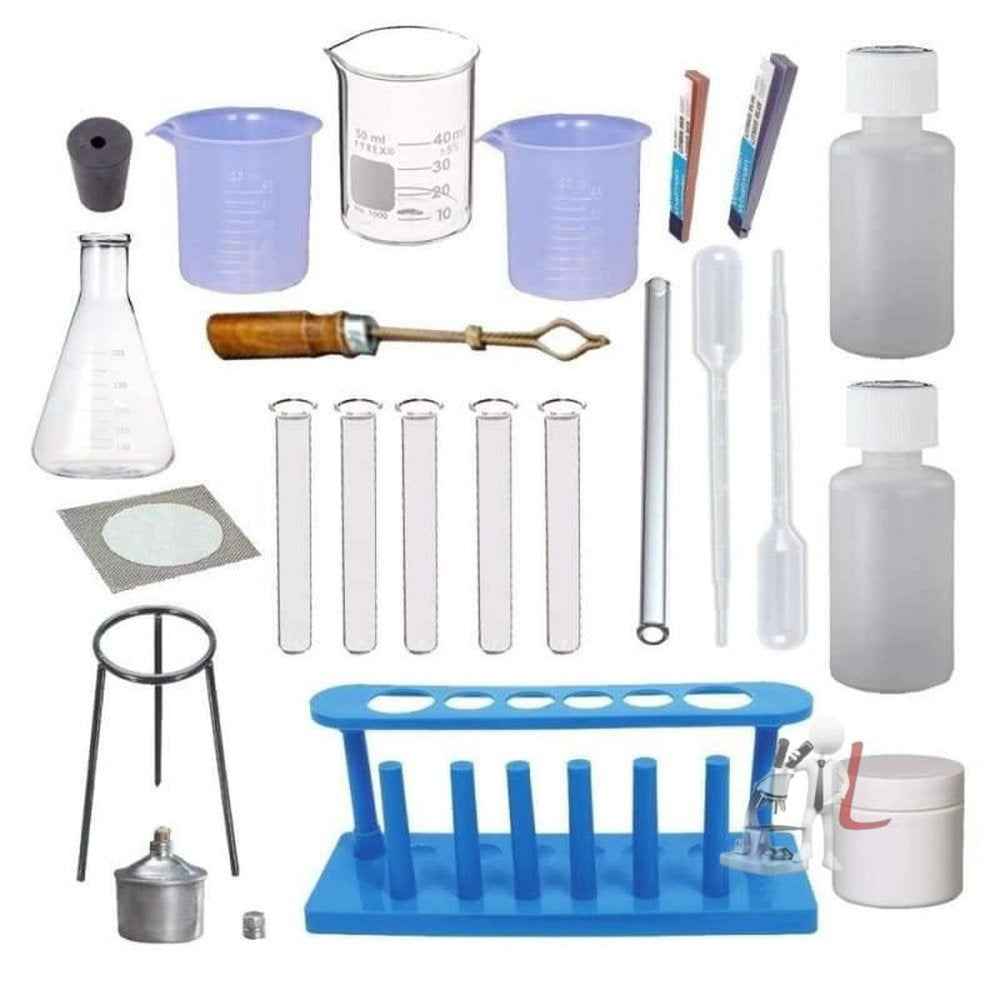Lab Equipment: Essential Tools for Every Laboratory
Lab equipment plays a crucial role in scientific research, experiments, and various laboratory tasks. In every laboratory, having the right tools is vital for conducting tests, ensuring accuracy and safety, and obtaining reliable results. This comprehensive guide will explore the essential lab equipment that every lab should have, highlighting their uses, types, and importance in different scientific fields.
Starting with basic lab equipment, we have beakers, flasks, and test tubes which are fundamental for holding, mixing, and heating substances. These glass or plastic containers come in various sizes and shapes and are crucial for performing a myriad of experiments in chemistry and biology. Beakers are typically used for stirring, mixing, and heating liquids, while flasks, particularly Erlenmeyer flasks, are ideal for mixing chemicals without spillage due to their narrow necks.
Another essential piece of lab equipment is the pipette, a tool used to transport a measured volume of liquid. Precision is key in any laboratory task, and pipettes come in various forms, including manual, electronic, and micropipettes, allowing for accurate liquid handling crucial in experiments, especially in molecular biology and chemistry. Likewise, the use of syringes is common in labs for measuring and transferring precise quantities of liquid substances.
Safety in the laboratory cannot be overstated. Equipment such as safety goggles, gloves, and lab coats are essential for protecting personnel from harmful substances. Safety cabinets and fume hoods are also critical in laboratories dealing with volatile or hazardous materials, ensuring that dangerous fumes are properly vented away from researchers. Additionally, first aid kits should always be accessible, along with fire extinguishers and eyewash stations for immediate response to accidents.
Another significant category of lab equipment is measuring instruments. Balances and scales are crucial for accurately measuring mass, whether it’s in grams or kilograms, essential for precise experiment protocols. Thermometers and pH meters are also vital for monitoring temperature and acidity levels, which can dramatically affect the outcome of an experiment. The use of spectrophotometers, microscopes, and centrifuges extends the capabilities of laboratory analysis, allowing for detailed examination of samples on a cellular level or separating components of mixtures based on density.
In the realm of biological sciences, incubators and autoclaves are critical. Incubators provide controlled environments for growing microorganisms or cell cultures at stable temperatures and humidity levels, while autoclaves are used to sterilize equipment and materials at high pressure and temperature, an essential process to ensure that experimental conditions are not compromised by unwanted microorganisms.
When it comes to larger laboratory equipment, centrifuges and chromatography systems play pivotal roles. Centrifuges are employed to separate components of liquids based on density, enabling scientists to analyze specific layers of a sample. Chromatography, on the other hand, is a technique used to separate mixtures and is frequently utilized in chemistry and biology labs for both qualitative and quantitative analysis.
Each type of lab equipment serves a unique purpose, but they often work together to provide a comprehensive approach to scientific inquiry. Understanding the function and proper use of these tools is crucial for anyone working in a laboratory setting.
Finally, the technological advancements in lab equipment, such as robotic systems and automated analysis tools, are revolutionizing the way research is conducted. These innovations streamline workflows, minimize human error, and offer higher throughput in terms of sample analysis.
In conclusion, lab equipment is indispensable for any scientific laboratory. From basic tools like beakers and pipettes to advanced instruments like mass spectrometers and automated systems, each piece of equipment plays a critical role in facilitating scientific research. By understanding and utilizing the right equipment, laboratory professionals can ensure accurate, safe, and efficient experimentation.
Filter
Sort by

